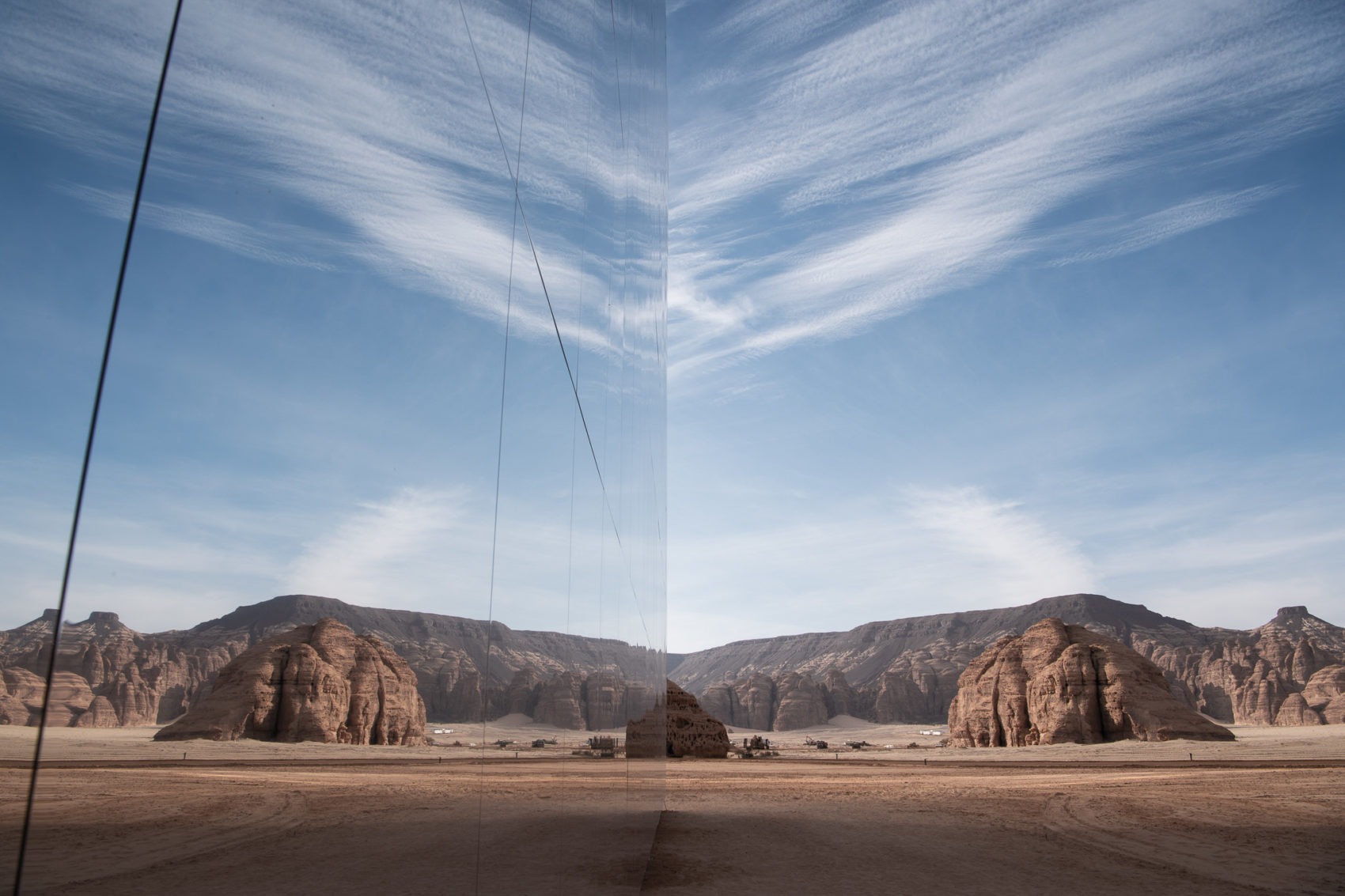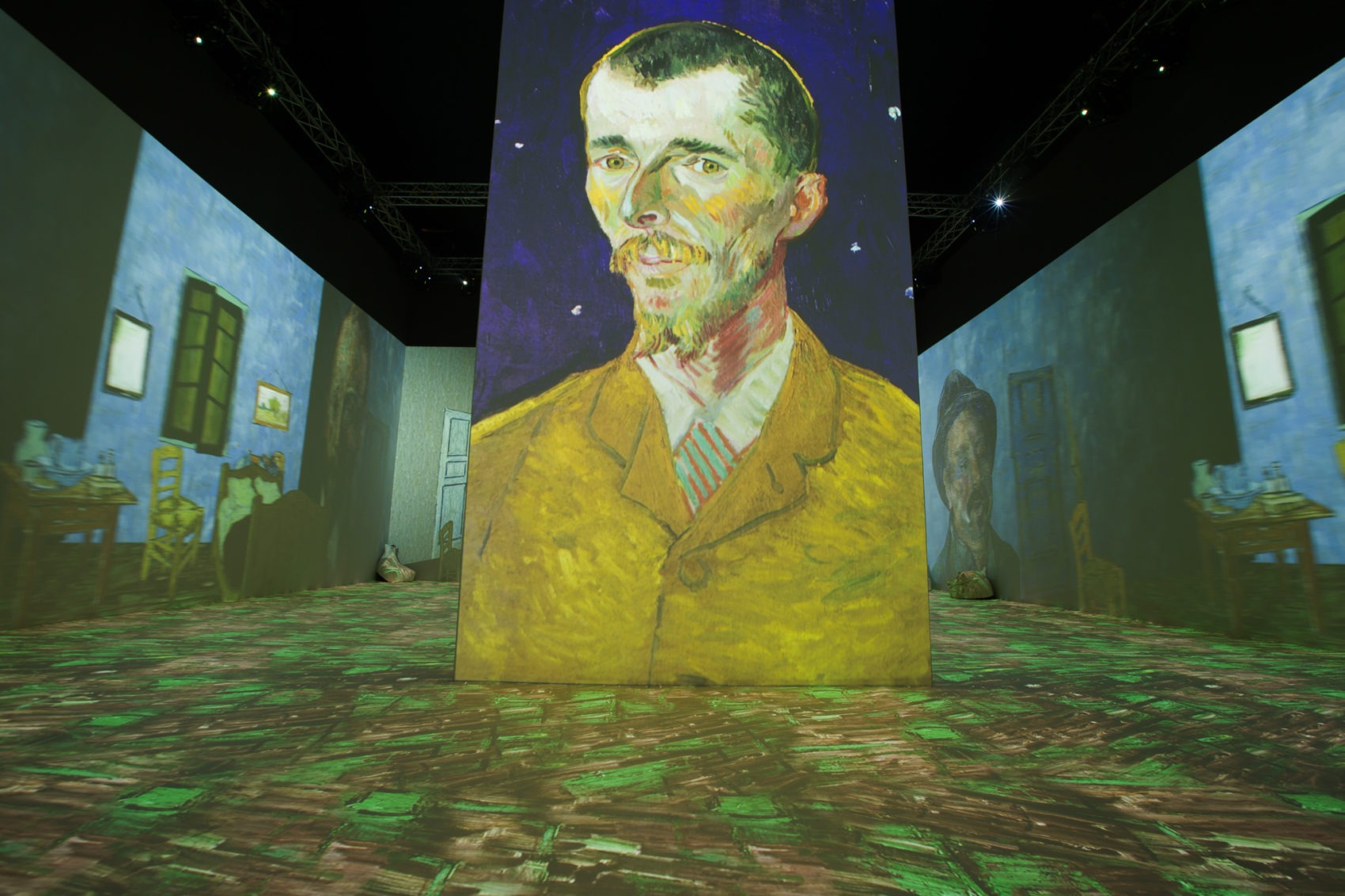Discover Al-Ula, Saudi Arabia
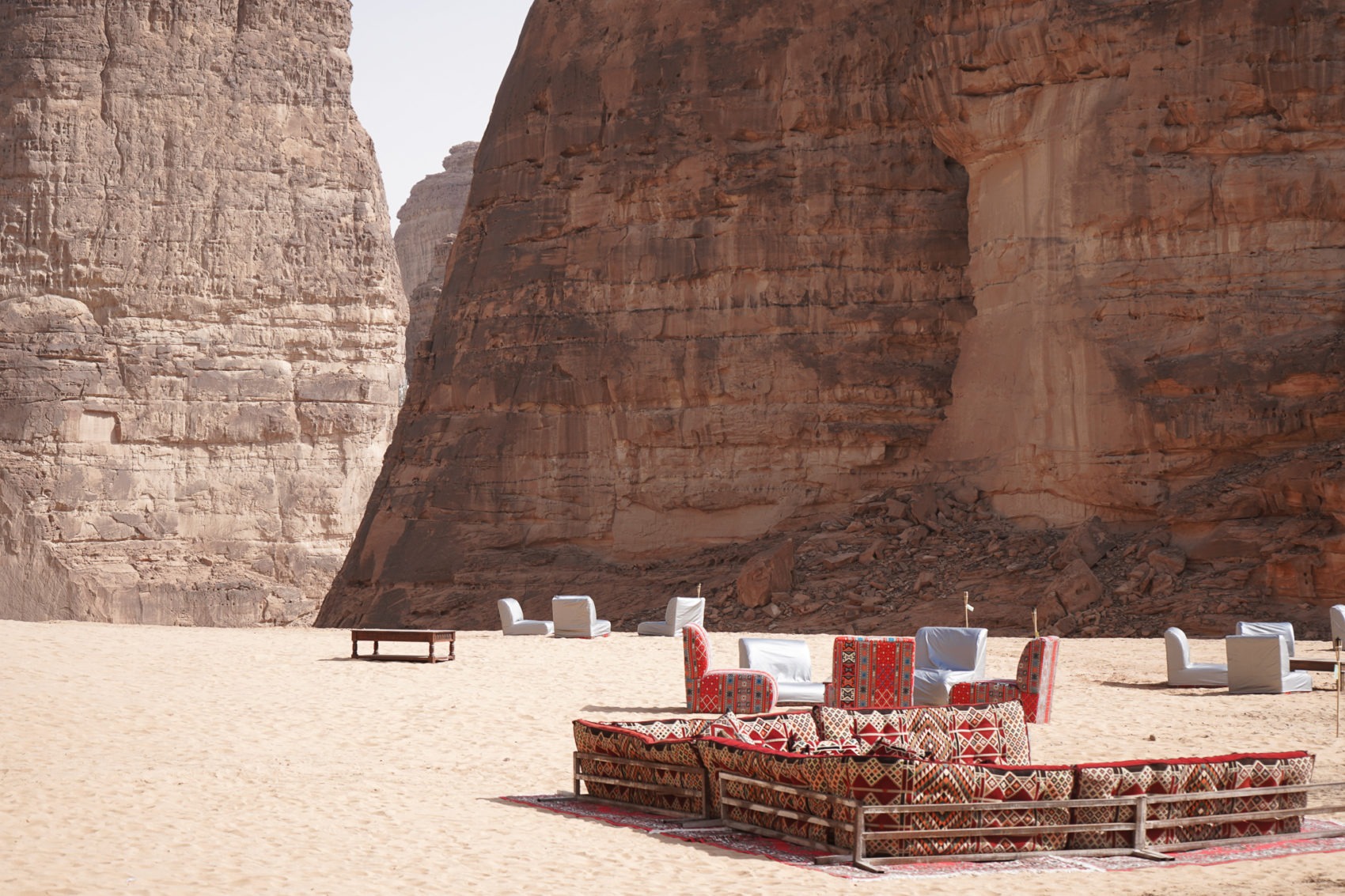
Drawn to its mystery, we set out for Al-Ula, a UNESCO World Heritage Site in the heart of the Saudi desert, to uncover its forgotten past and immerse ourselves in the memory of a life that once occupied the ancient stone and mud walled city.
On our first morning in Al-Ula, we woke up to sunlight trickling through the gaps of our canvas tent at Winter Camp Al Wadi. We had arrived under a blanket of stars, and the view now in daylight as we stepped out onto the private terrace was surreal – like entering a painting. Enormous sandstone cliffs surged upwards from the sand, their amber peaks wrapped in the lingering morning fog. We sat on the terrace and enjoyed a cup of hot tea as the golden sun warmed the desert sand beneath the towers of russet-colored rock.
It was hard to believe that such a world existed, or that it was even accessible to foreign visitors. Until recently, for the most part, it wasn’t. Saudi Arabia has been preparing to open its borders to tourism, an ambitious project which it anticipates will contribute 10% of the country’s GDP by 2030. Drawn to the cultural heritage and the mystery of the Kingdom, travelers from around the world are eager to visit one of the country’s hidden treasures, a place in the northwestern Hejaz region known as Al-Ula. For centuries, the desert was known only to a small population – the ancestors of its original inhabitants. Until recently, the region has remained a place of monumental mystery.
Five thousand years ago, Al-Ula was a bustling caravan town; a strategic midpoint on the famed incense trade route linking Southern Arabia to the Roman empires. Today, Al-Ula’s sandstone cliffs, desert oases and walled cities are all but abandoned – a well preserved yet forgotten enclave of history.
Drawn to the mystery of the desert and with the announcement of the inaugural Winter at Tantora festival, we set out to visit Al-Ula, a UNESCO World Heritage Site, to uncover its forgotten past and immerse ourselves in the memory of a life that once occupied the ancient stone and mud walled city. In many ways, our journey foreshadowed a future Kingdom – a warm and welcoming place with a spirit steeped in history, eager to celebrate the past and embrace the present while building for the future.
"Despite constant hardship and circumstance, desert life continues to prevail. Fortitude, after all, is a mark of beauty."
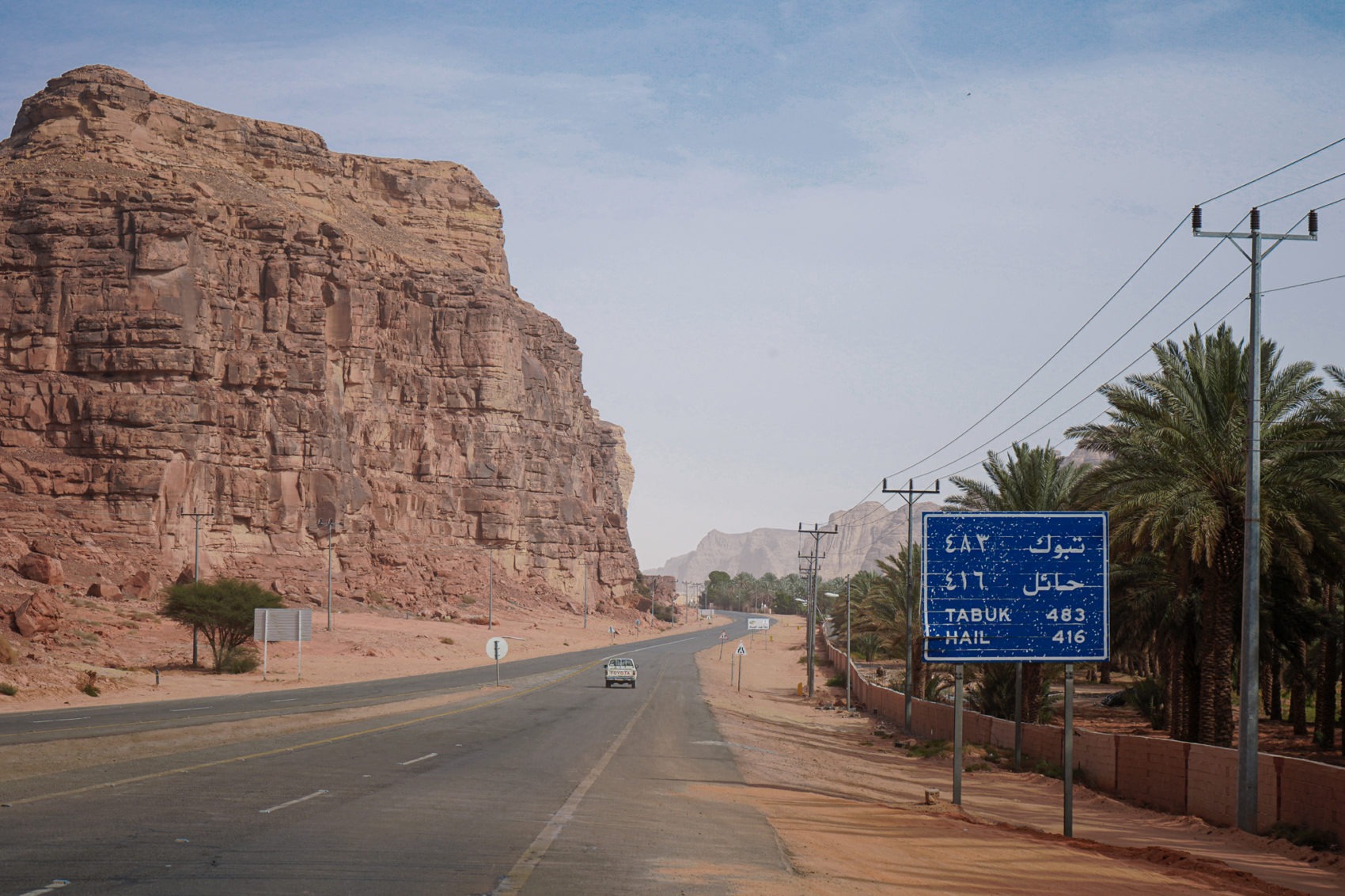
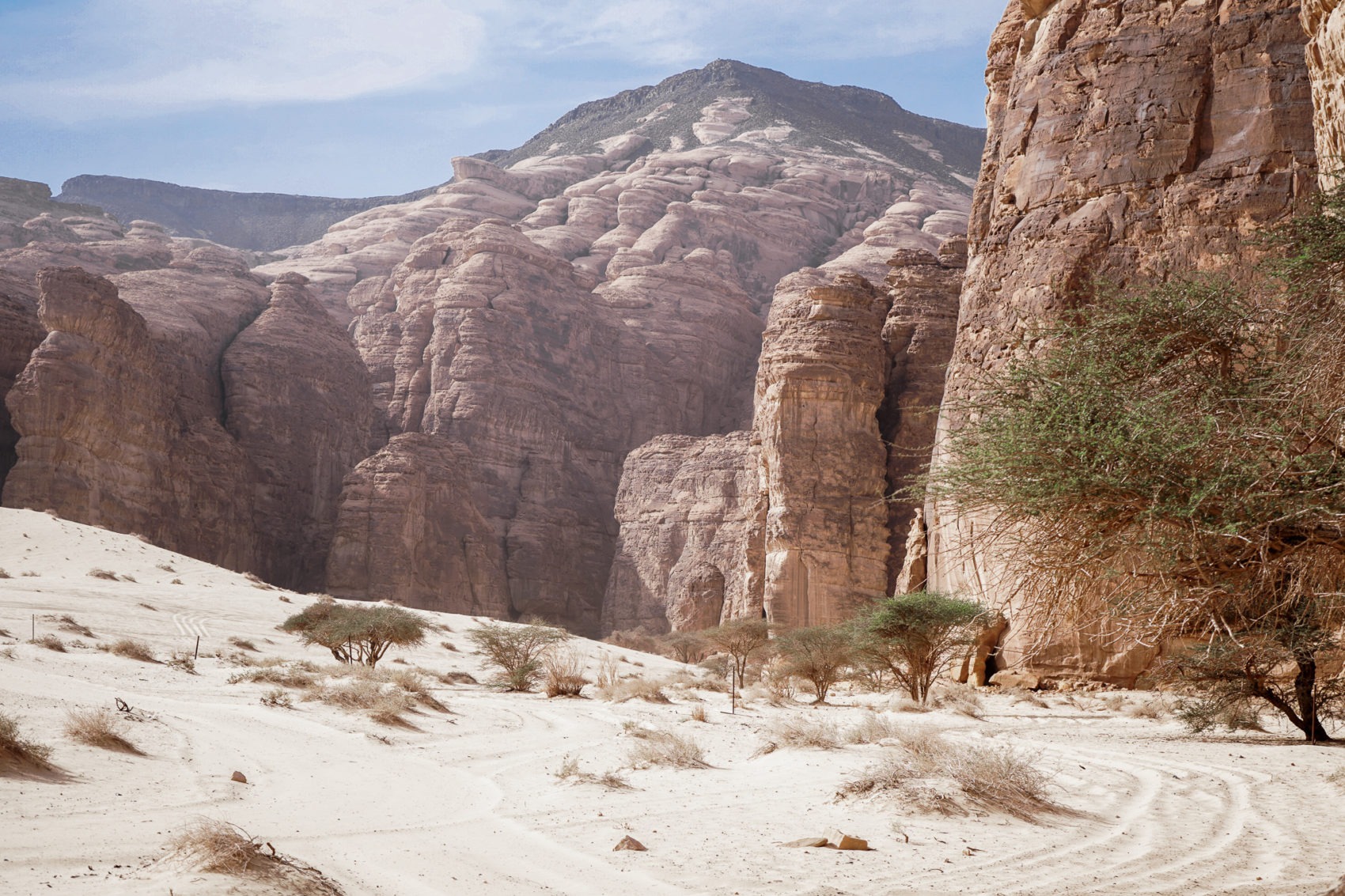
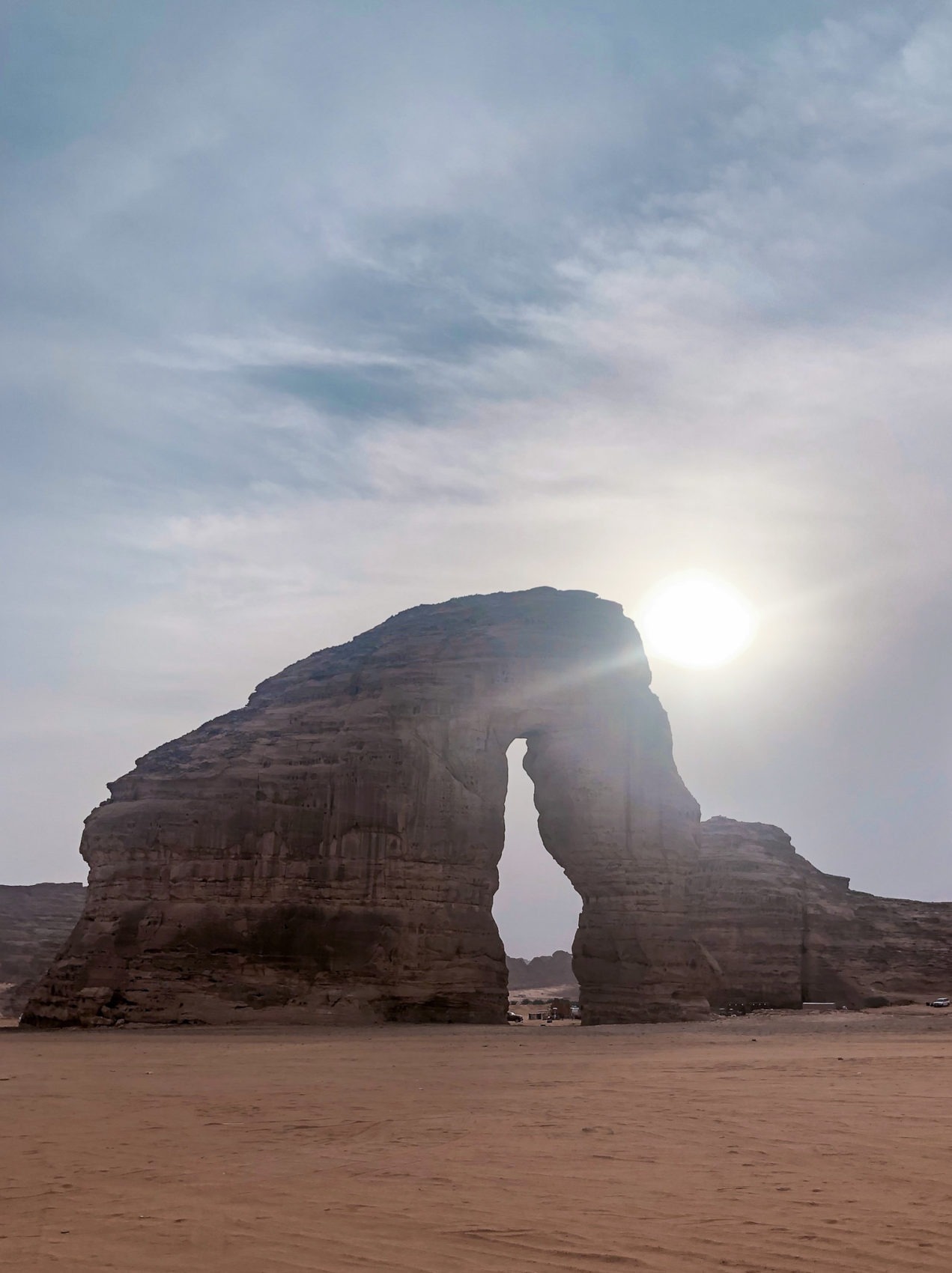

Our next stop leads us through a narrow rock passage to explore the lava fields of Harrat ‘Uwayrid, a volcanic field that developed along the Arabian plate during the opening of the Red Sea rift. The end of the passage reveals a small desert oasis with palm trees sprouting from the sand. Tucked completely out of view by the stone walls of the overlapping mountains, a peaceful feeling of solitude envelopes its guests and wraps them in the safety of the silence.

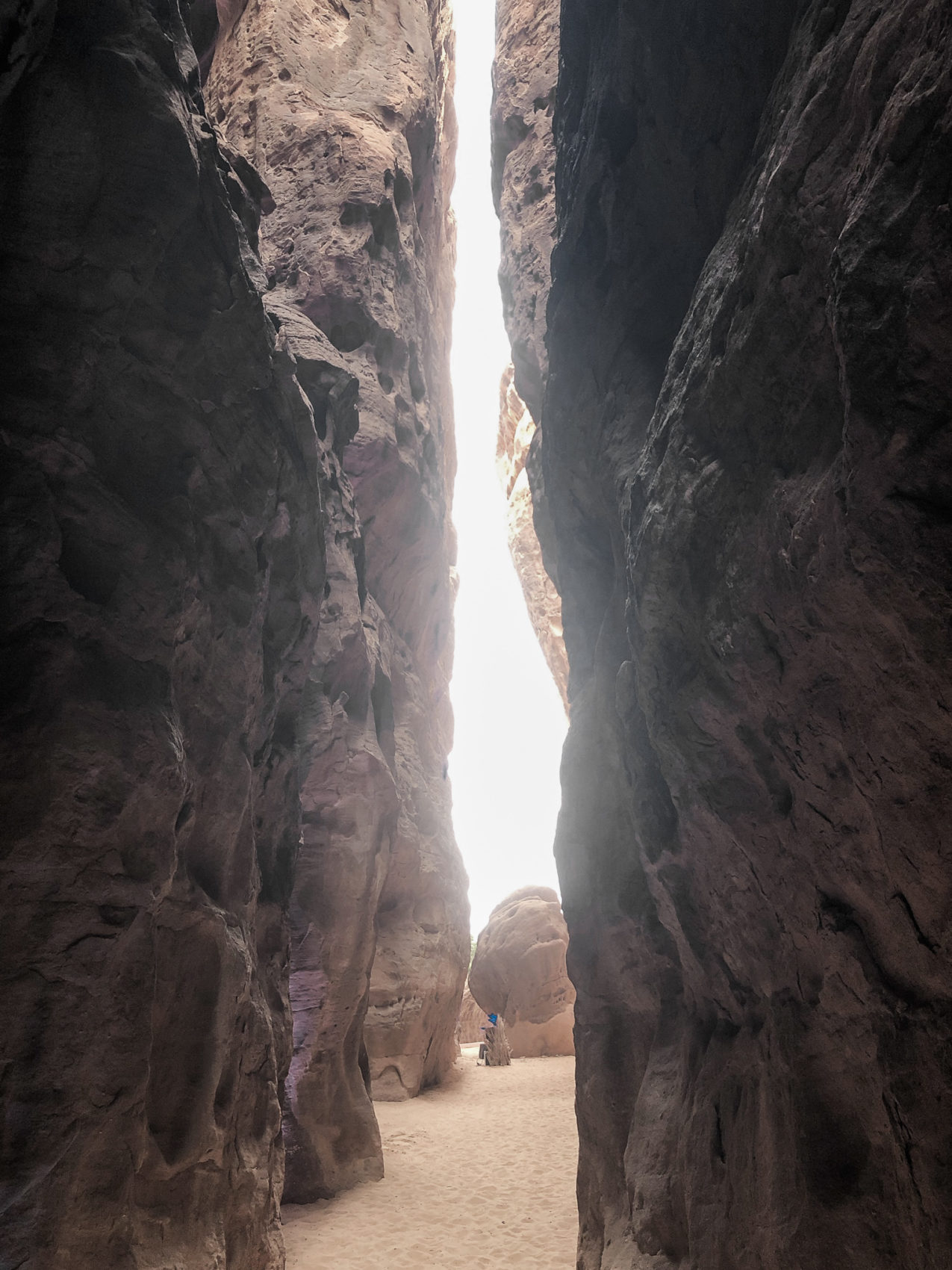
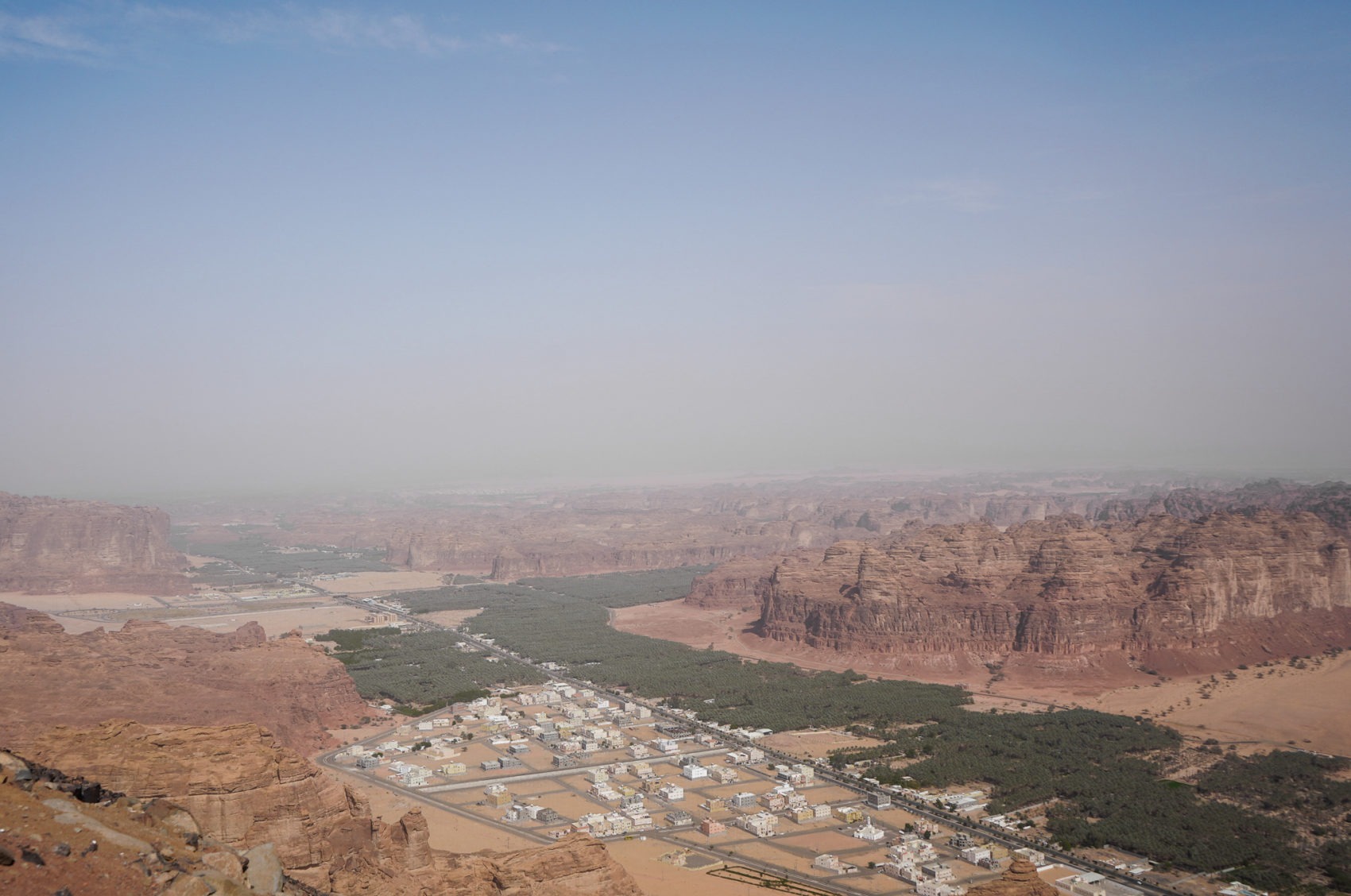
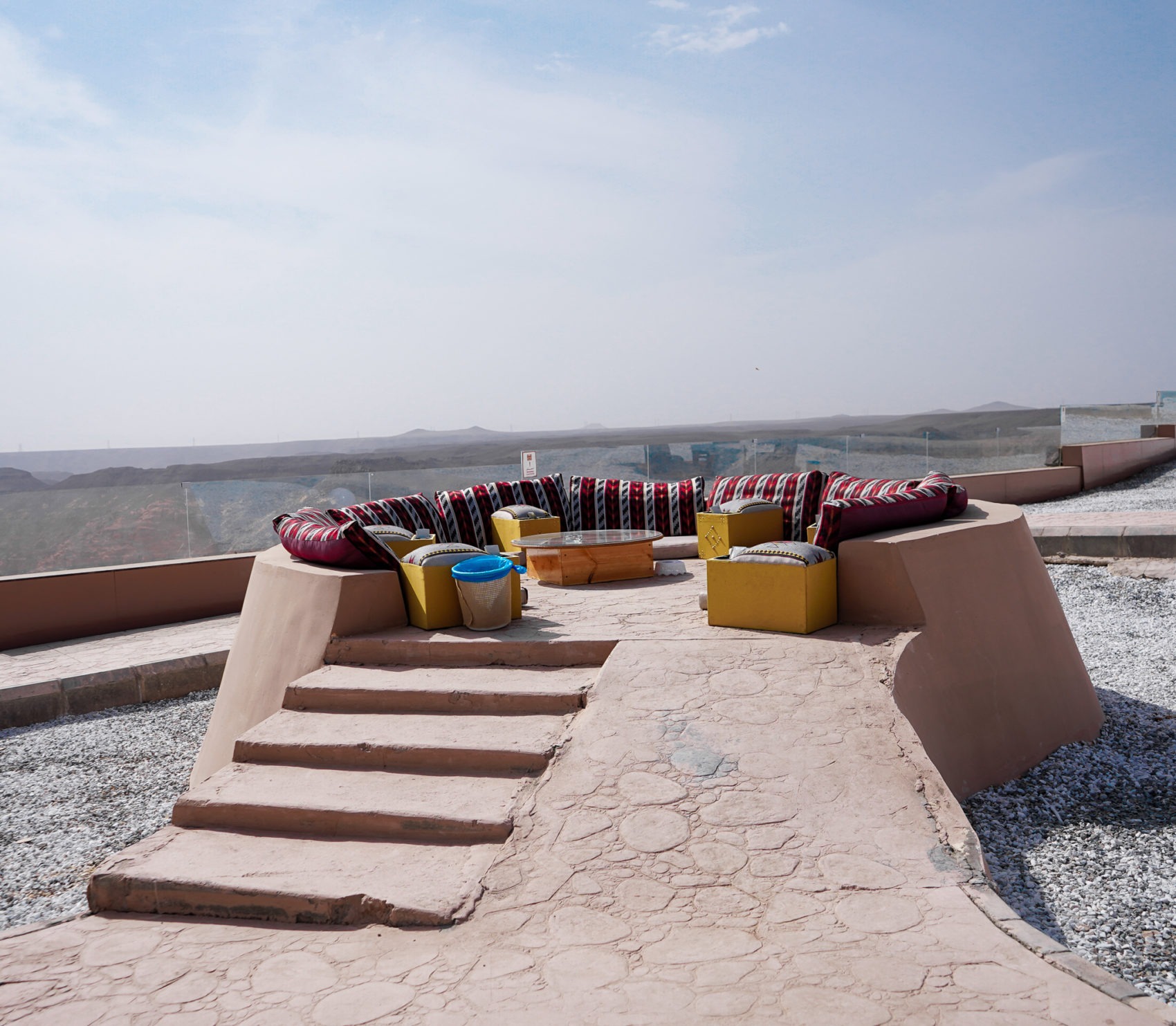

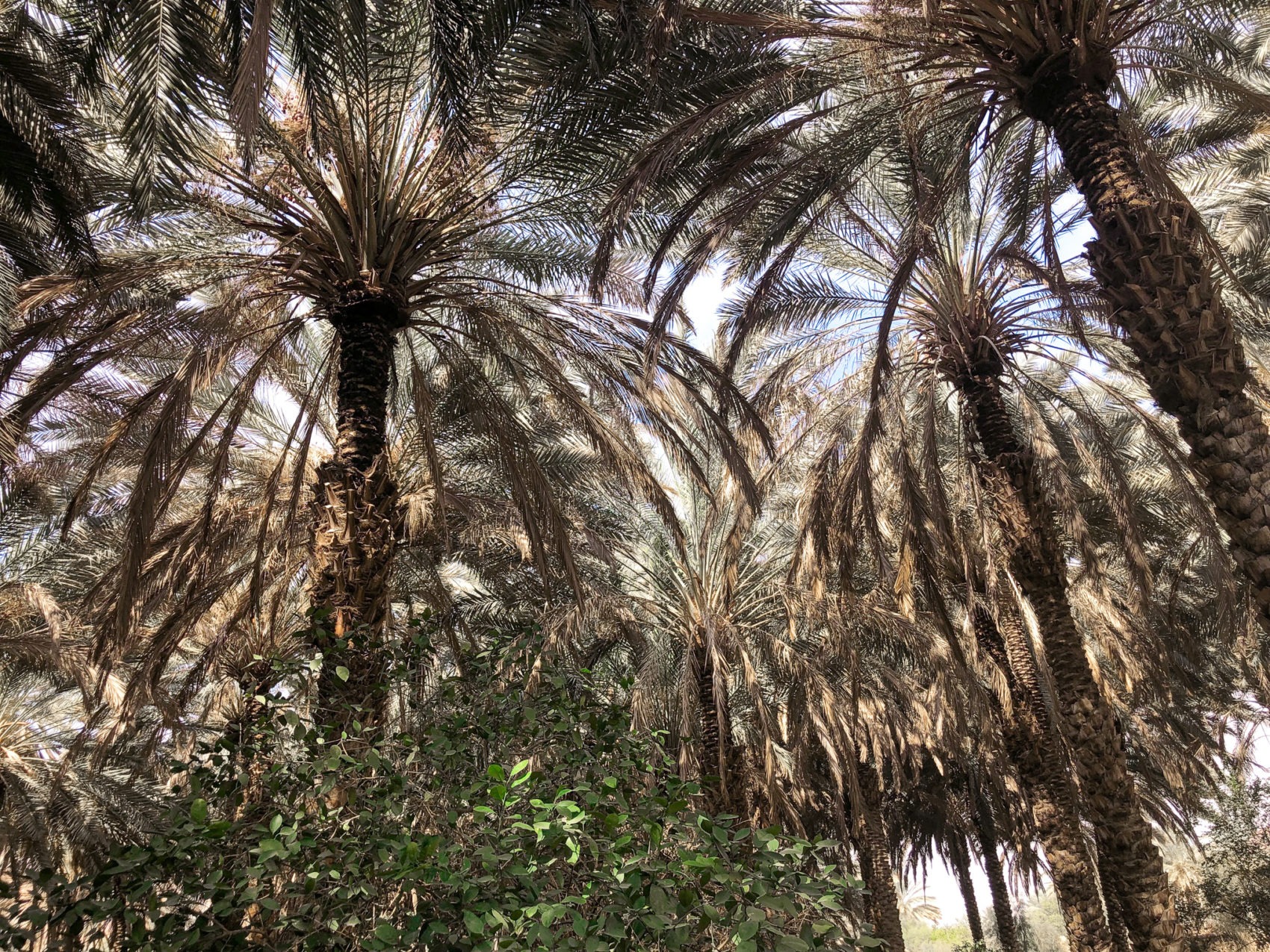
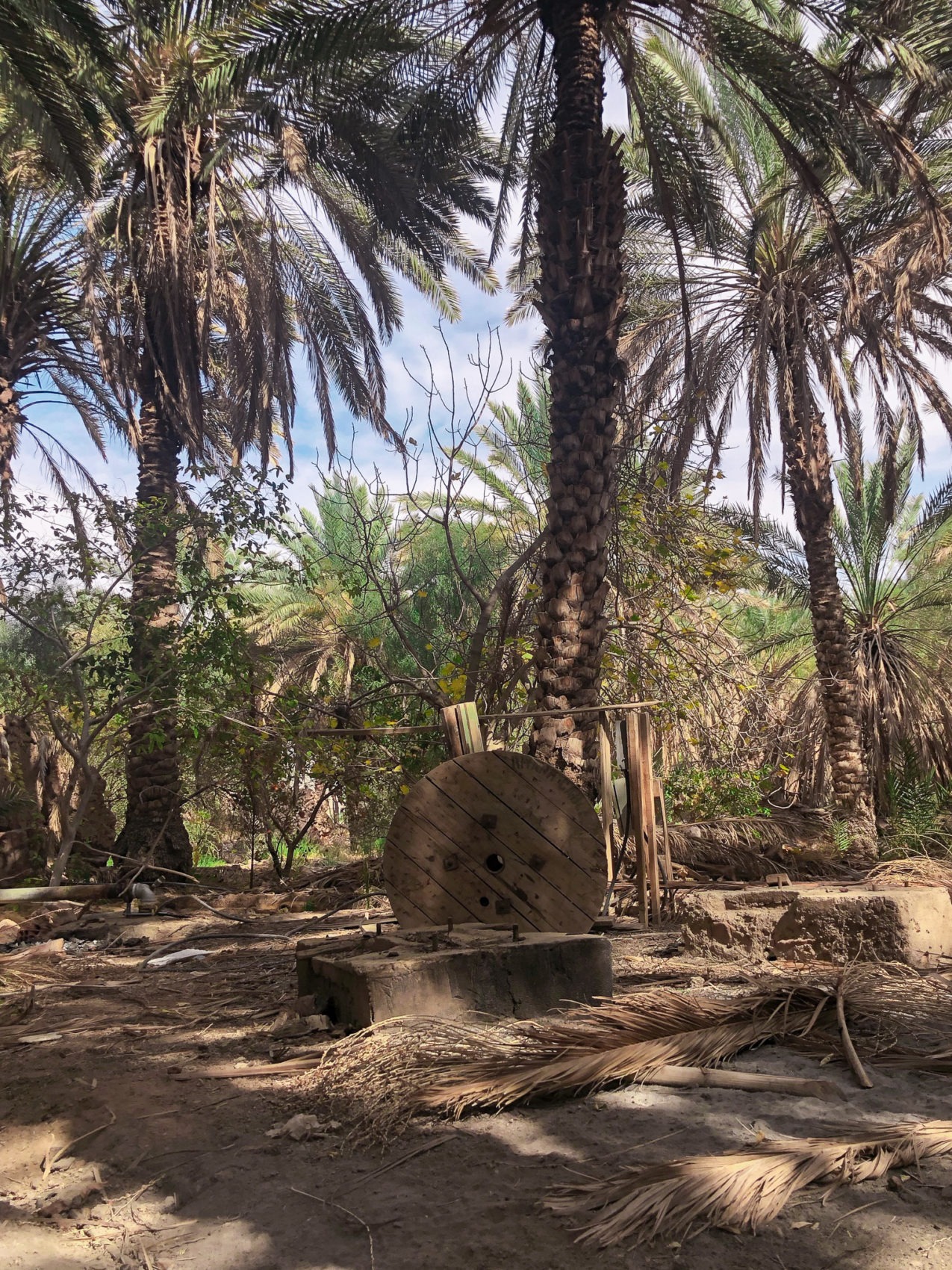
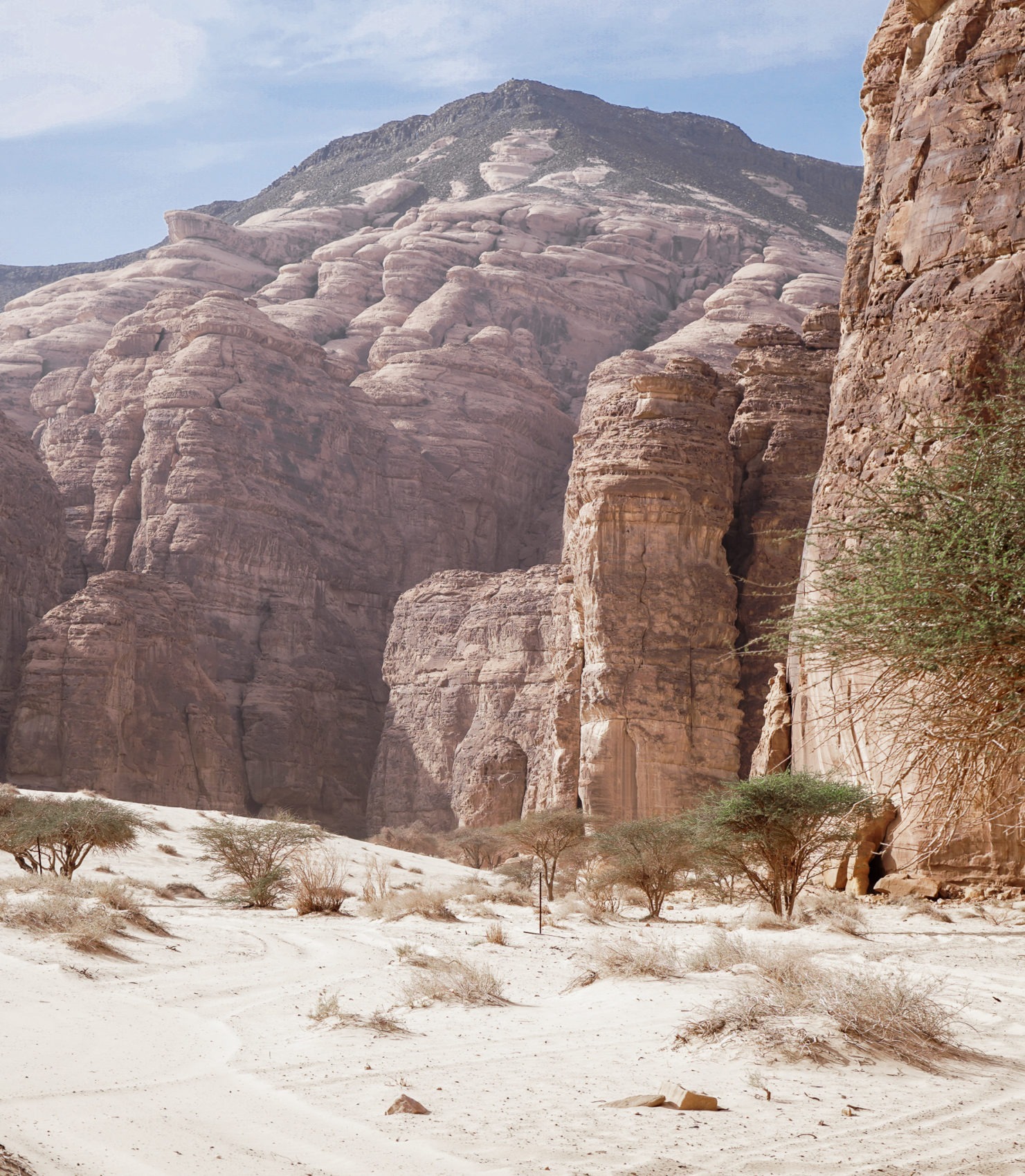
Beyond the shaded palms and sandstone rock, a few weathered trees rise from the sandy soil, their branches knotted and curved. The trees are small and bowed, yet anchored to the ground, with tiny green leaves flutter in the wind – a sign that the desert is undeniably alive. Despite constant hardship and circumstance, desert life continues to prevail. Fortitude, after all, is a mark of beauty.
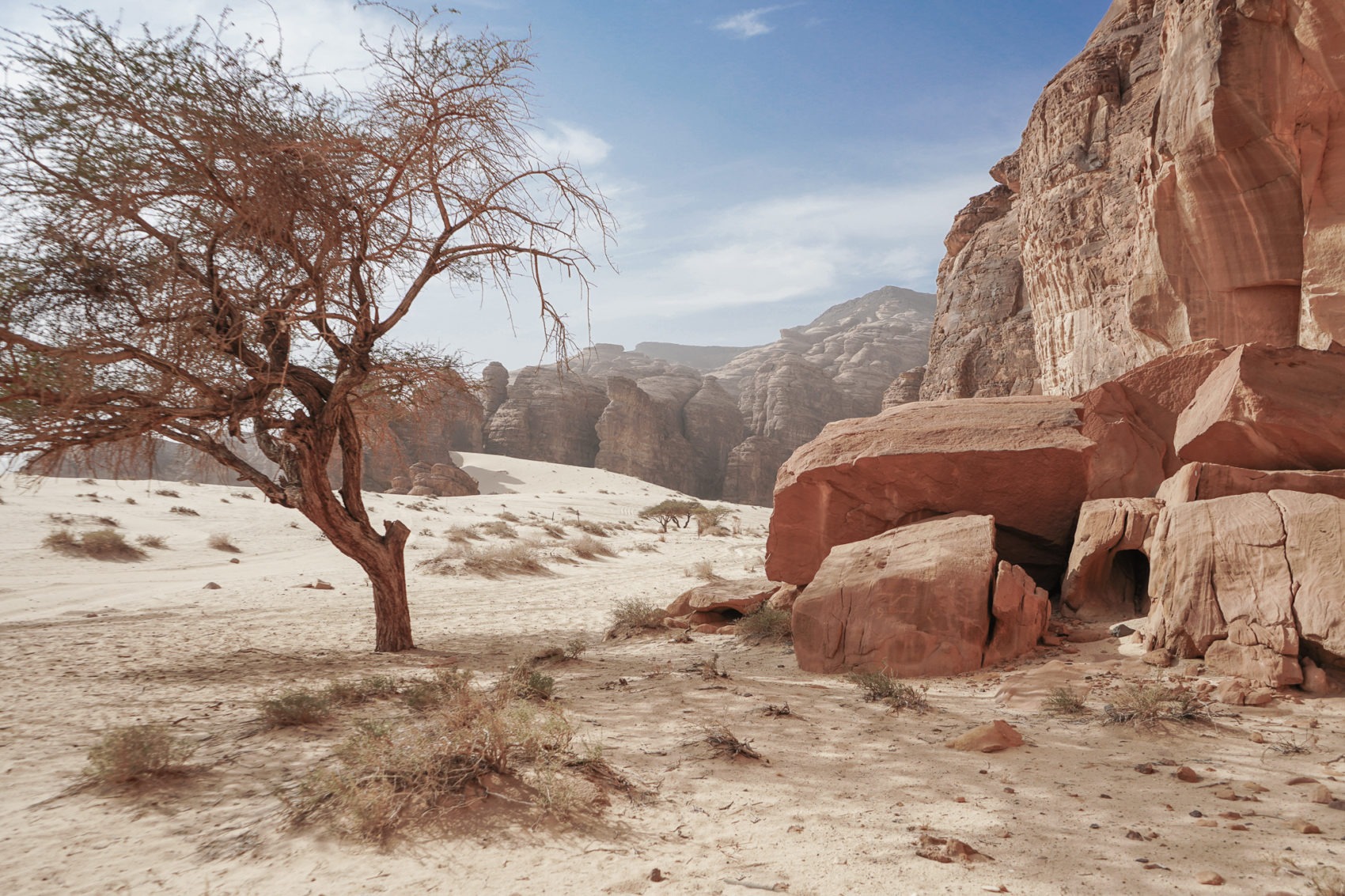
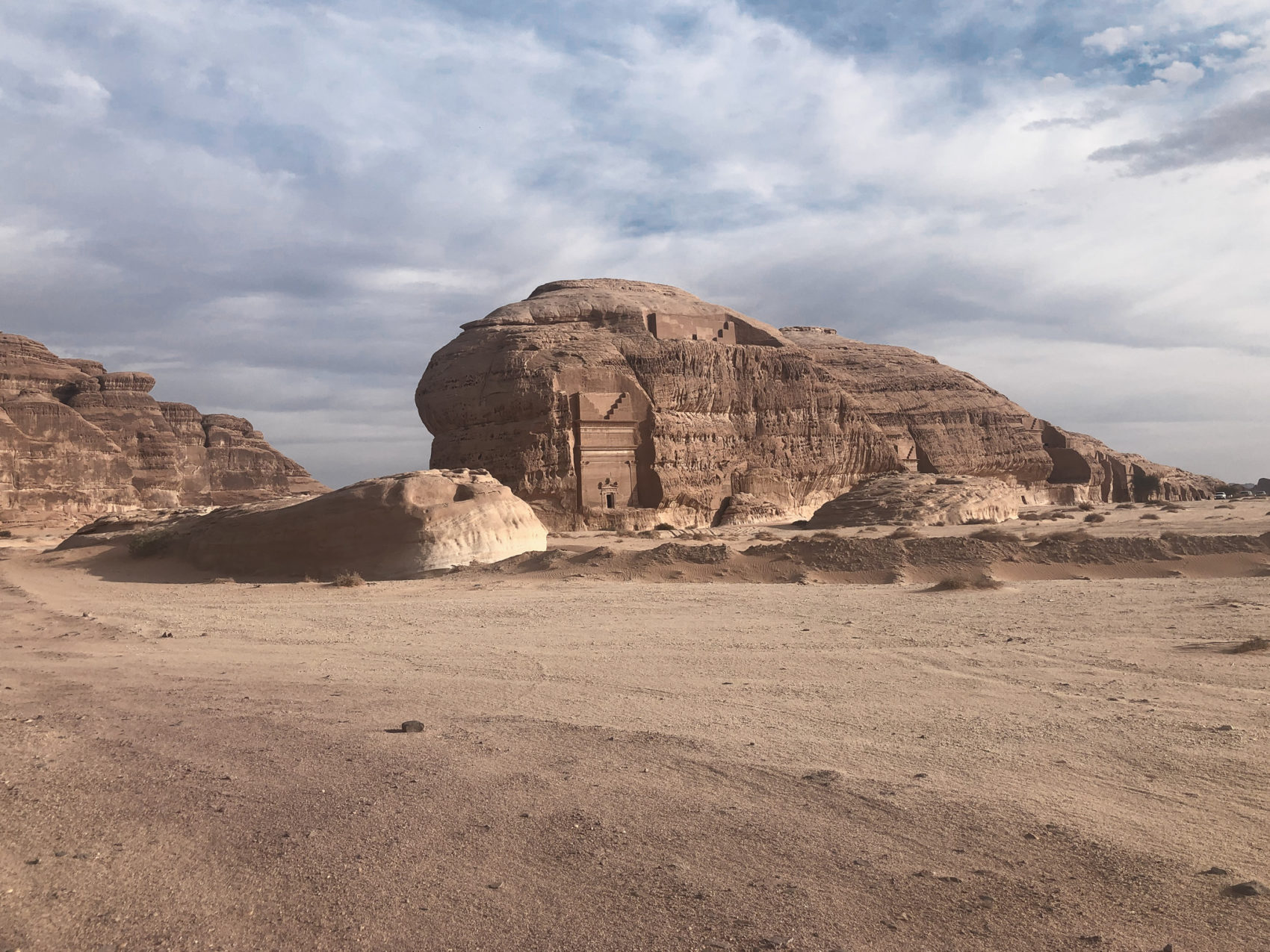

The Hejaz region has hosted a number of civilizations over time dating back to the 6th century BC including the Nabateans, known for their settlement in legendary city of Petra. Lesser known, but of equal wonder is the Nabateans’ second-largest city – Mada’in Saleh. Hewn into the giant sandstone rock are 131 well-preserved tombs, intricately decorated with carvings and inscriptions – an admirable measure of detail and labor for such an early civilization.
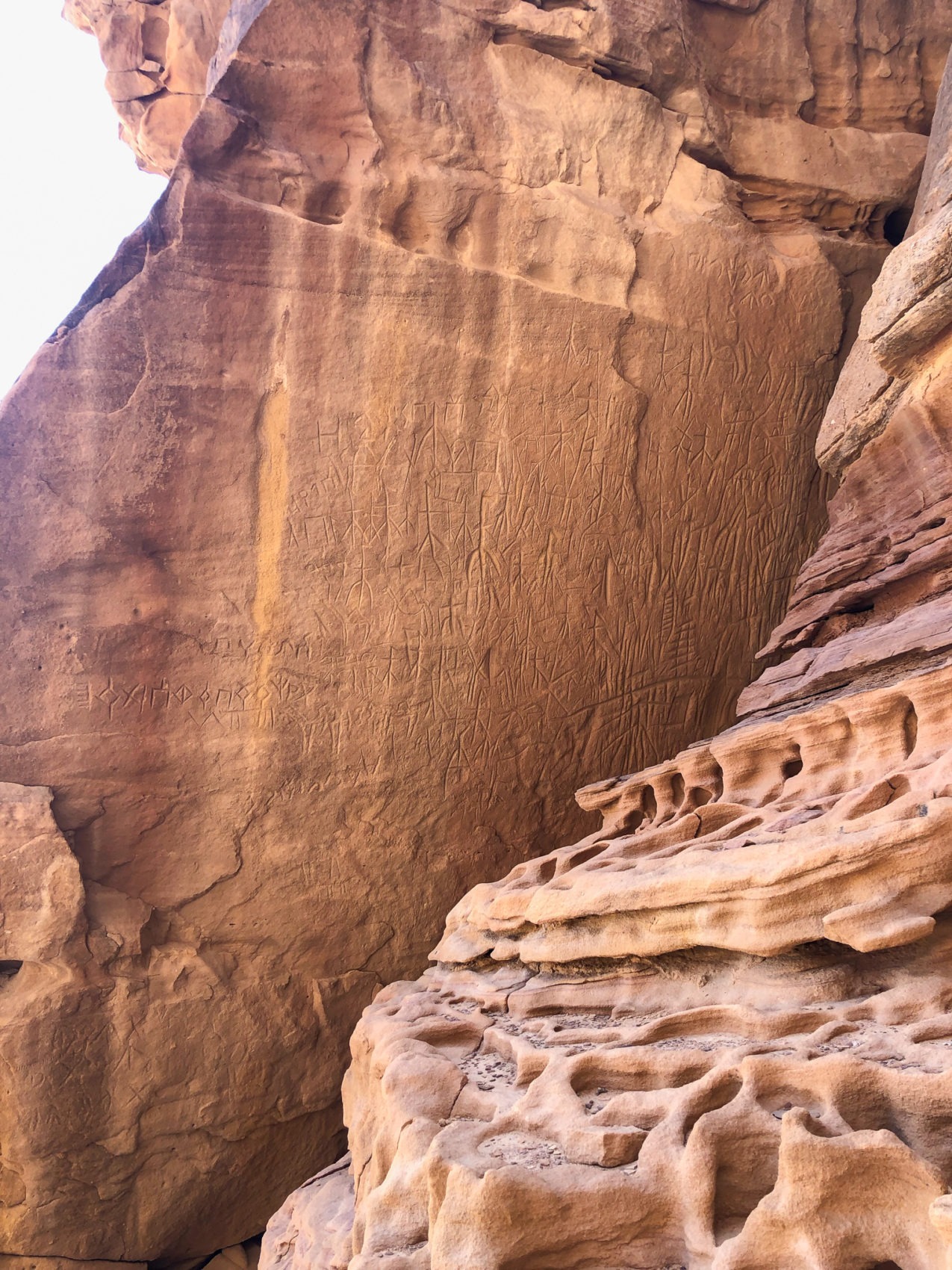
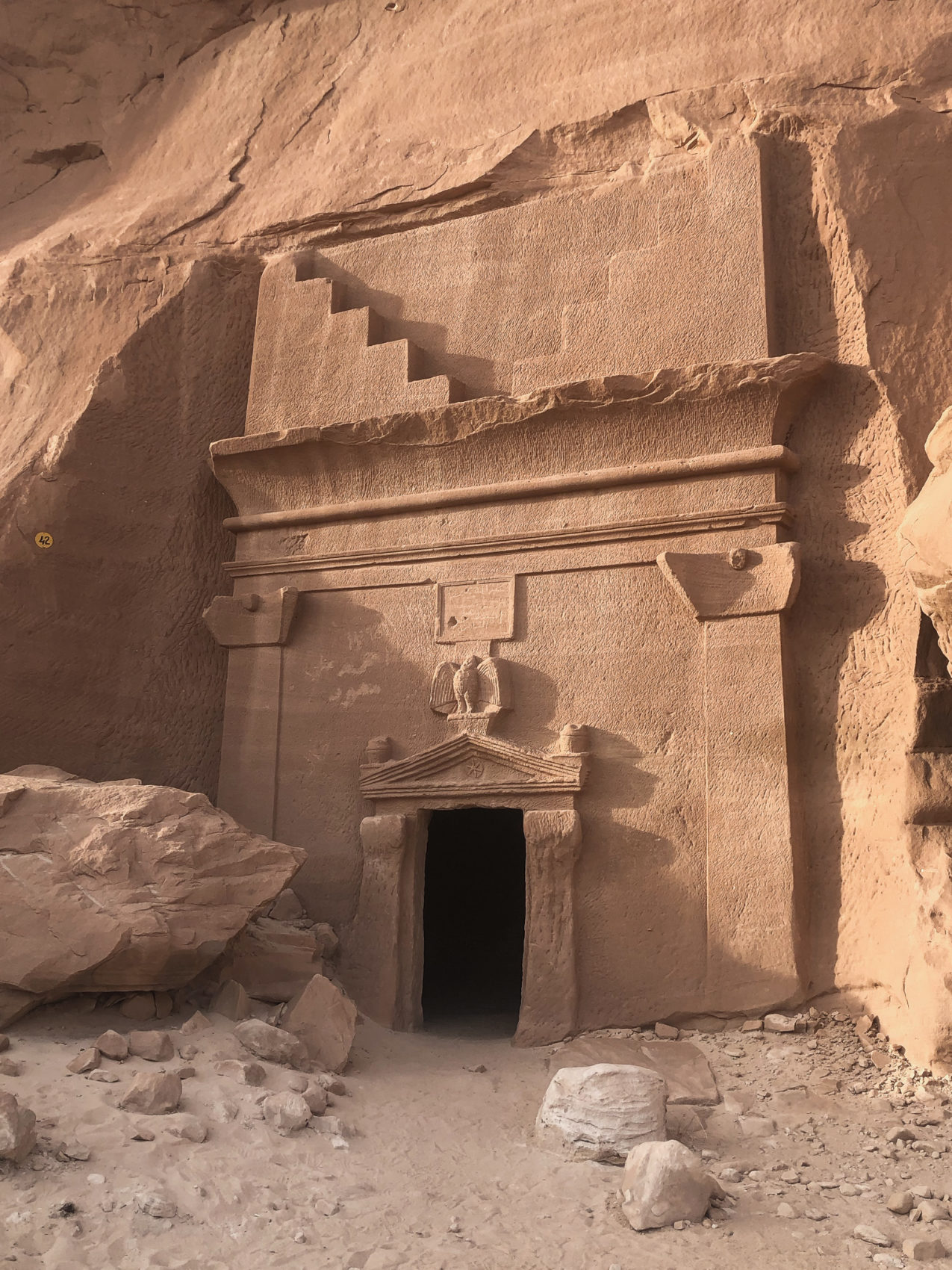

While Mada’in Saleh is one of the more notable attractions in Al-Ula, earning the title of Saudi Arabia’s first UNESCO World Heritage Site, the lesser known Jabal Al Ikmah is equally worth a visit. Hundreds of ancient religious inscriptions from the Dadanite and Lihyanite periods are etched on the surrounding rock, preserving what feels like a tangible history and earning it the title ‘Library Mountain’.
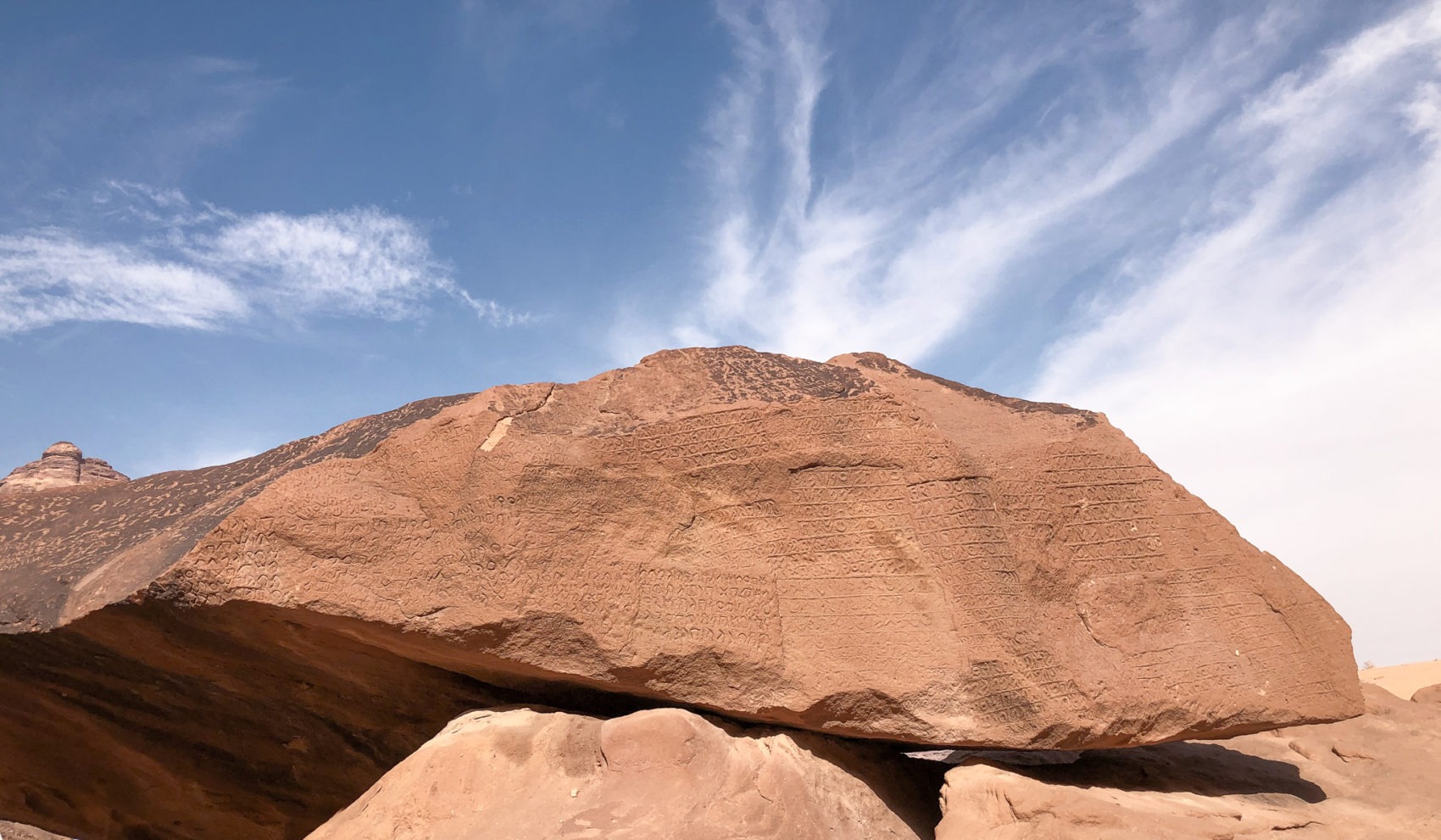
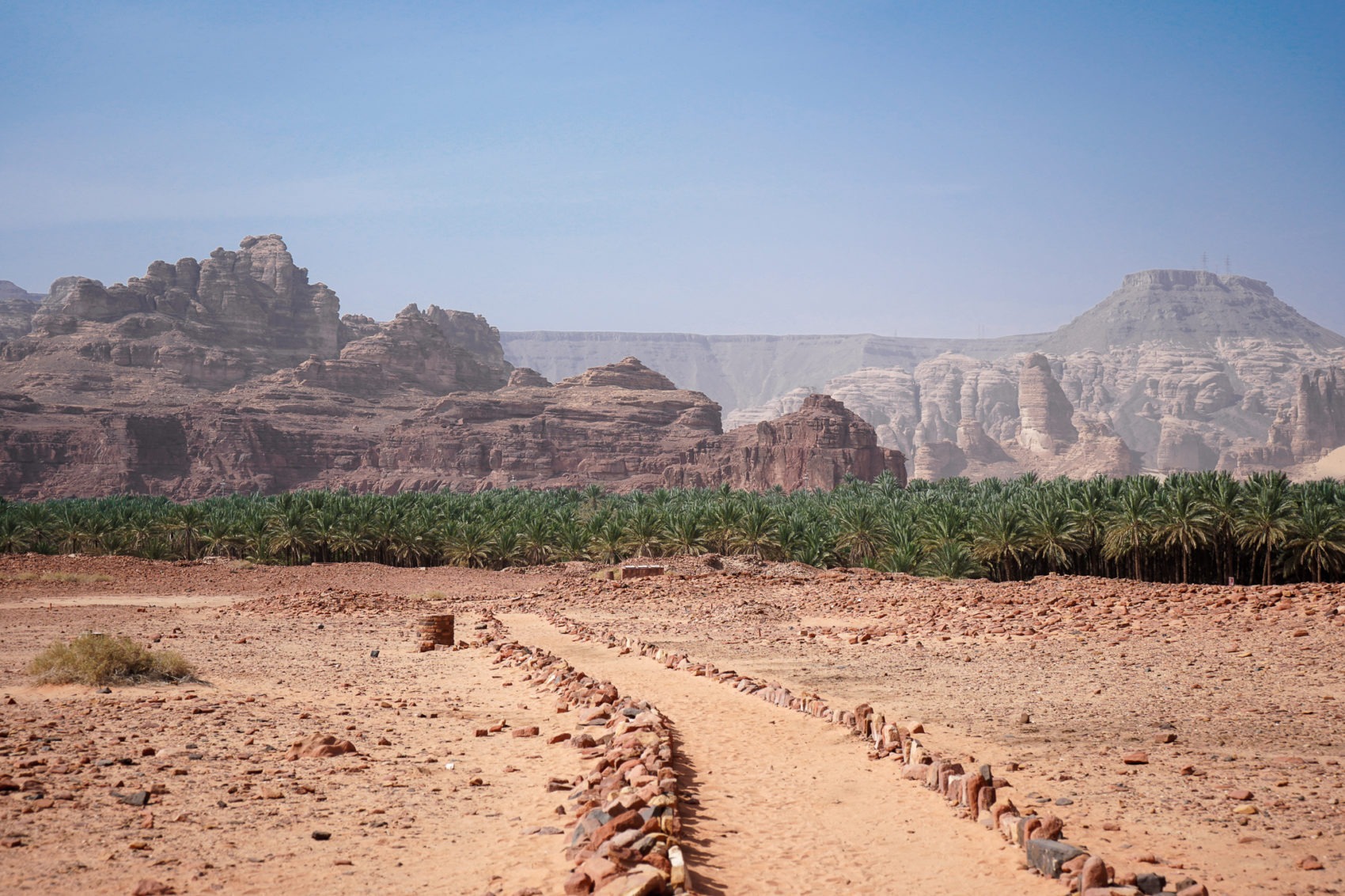
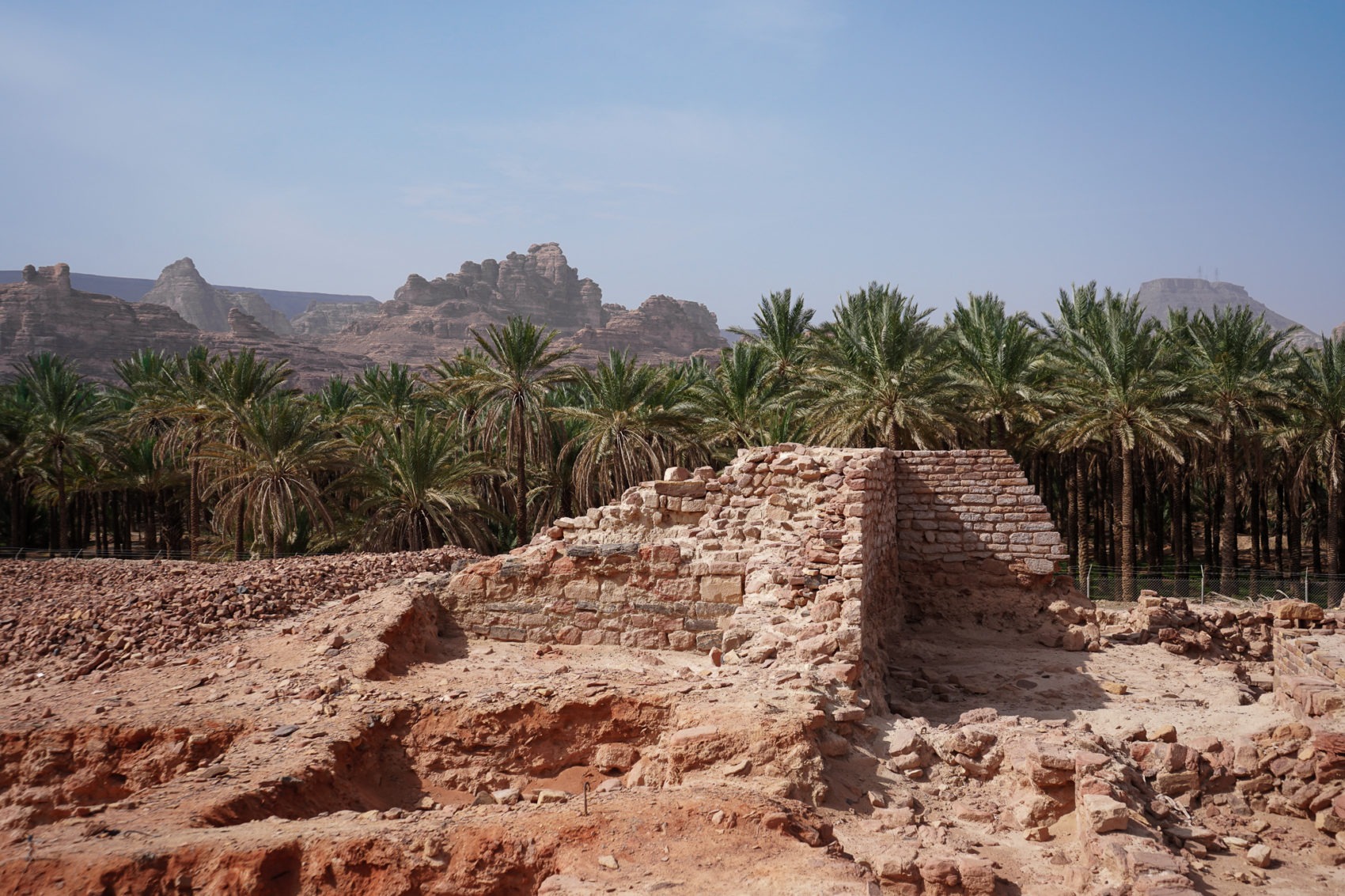
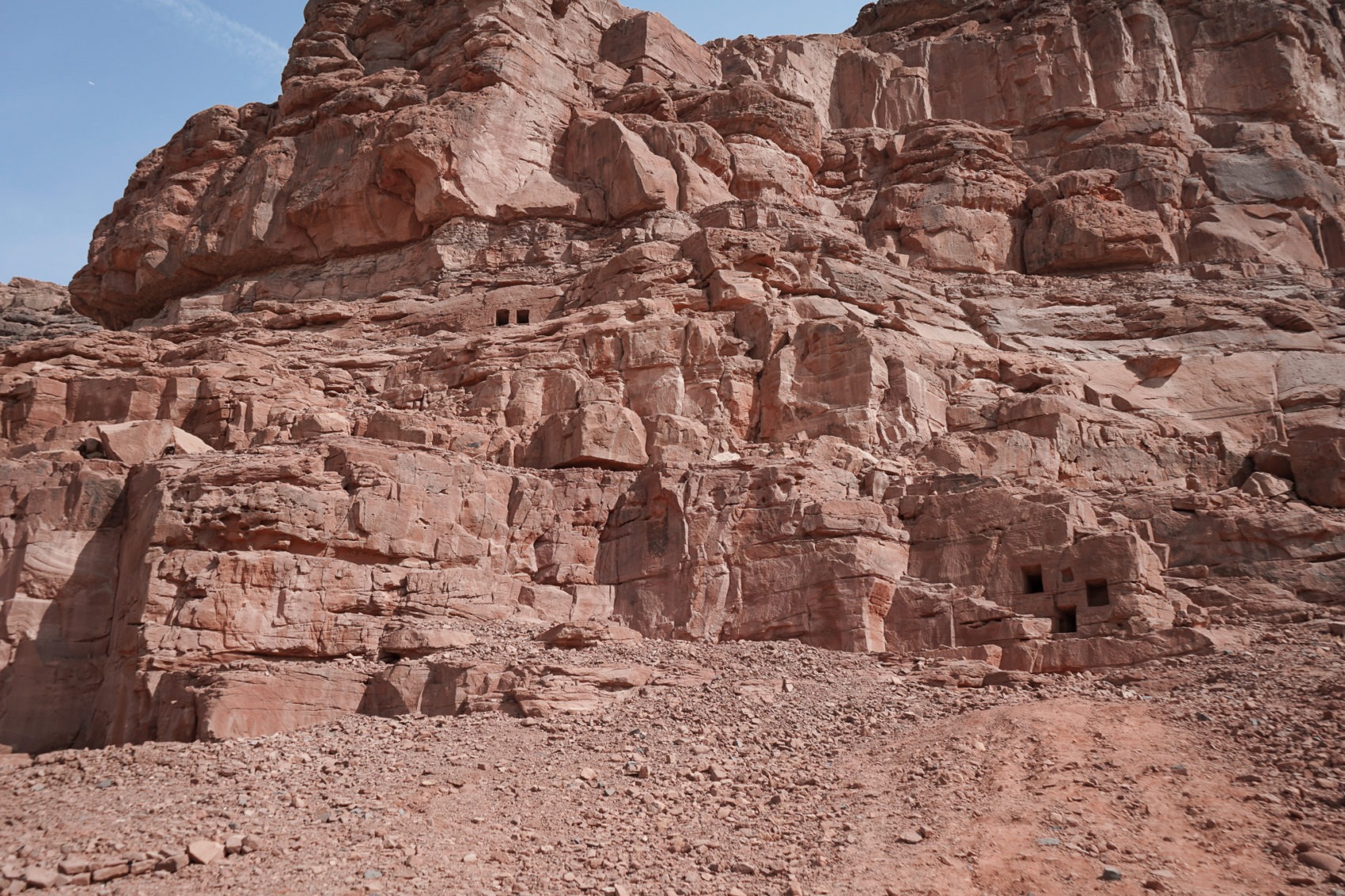

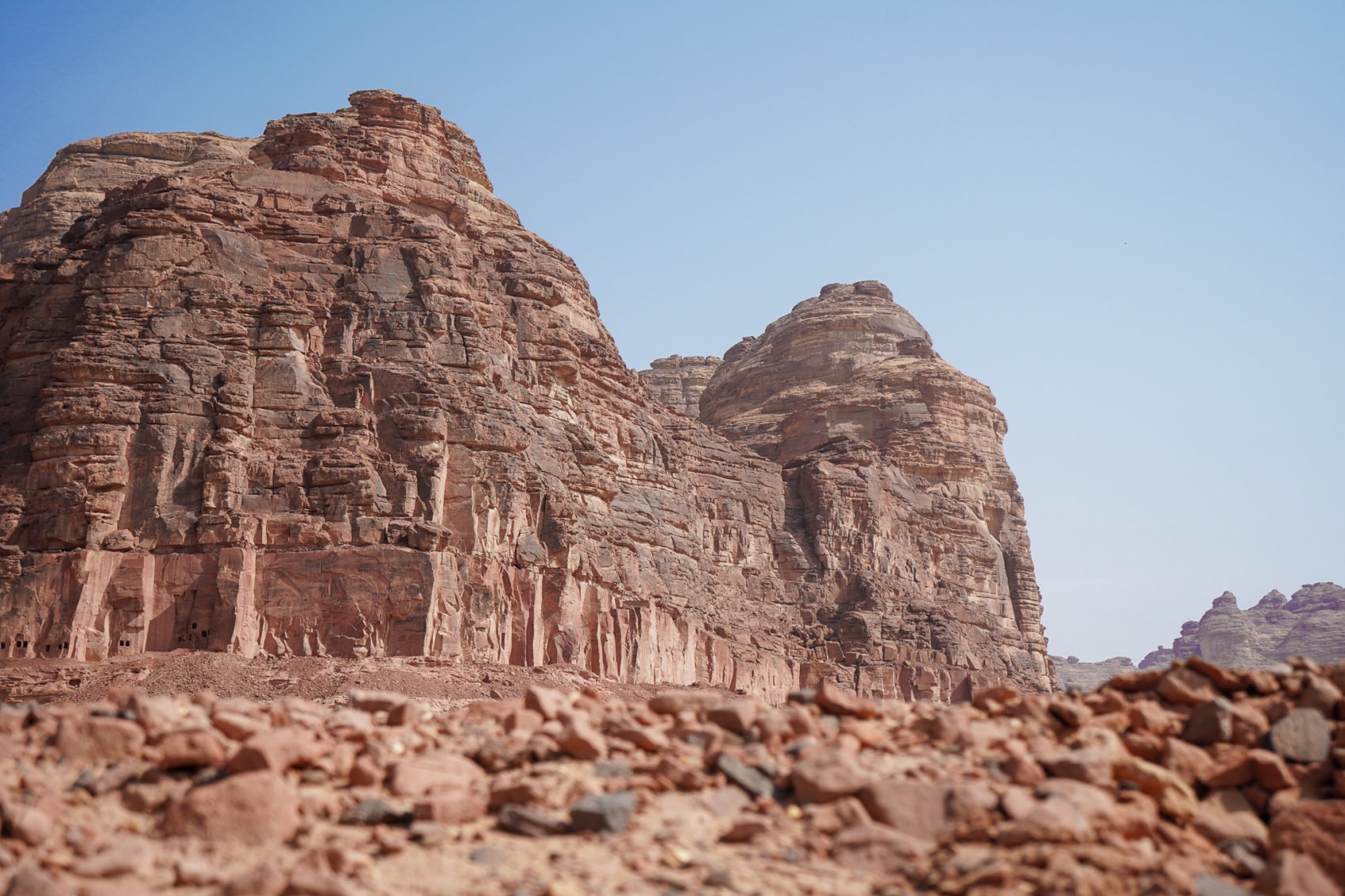
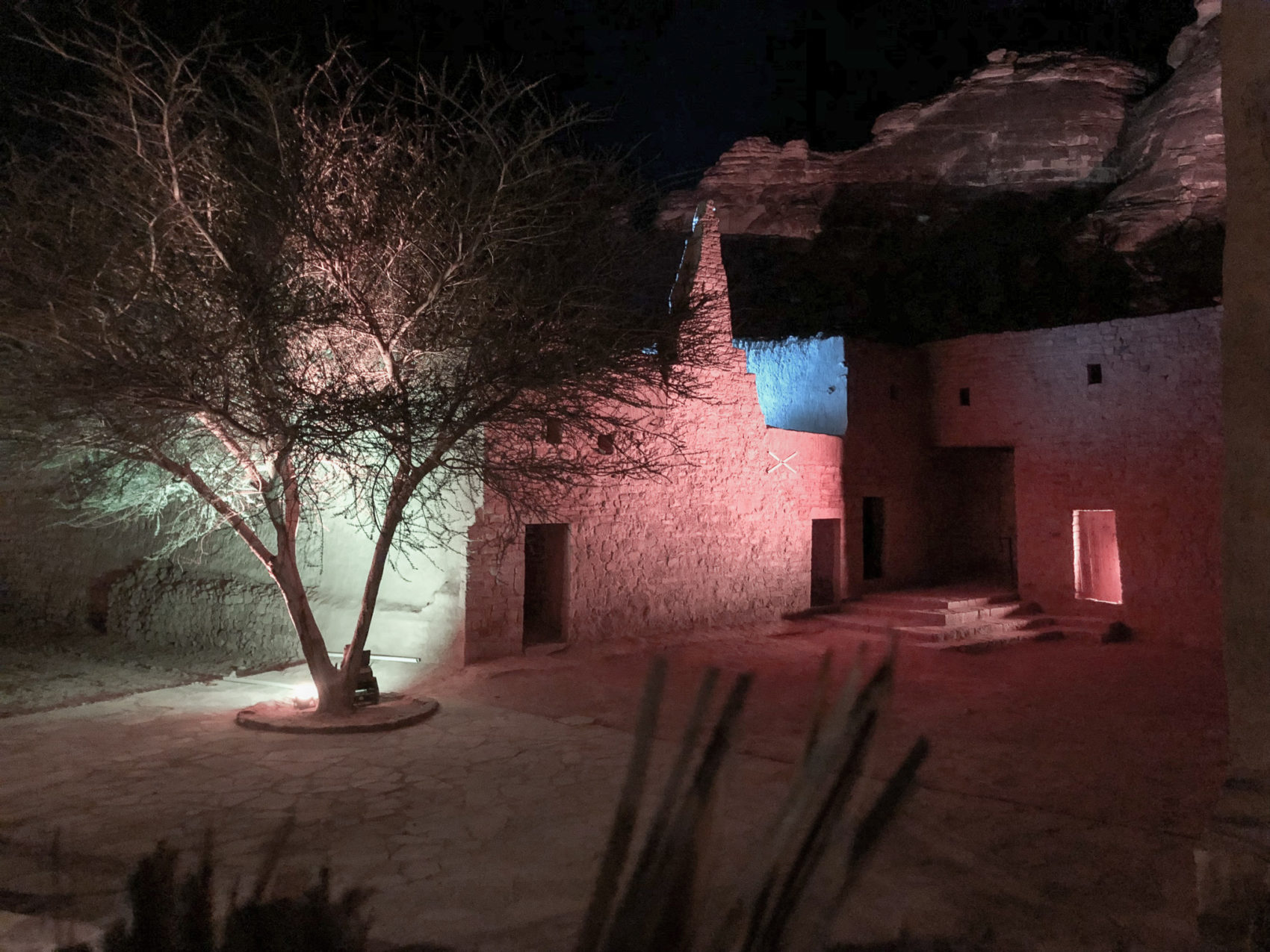
In Al-Ula’s Old Town, guests can visit the iconic Tantora sundial that gives the “Winter at Tantora” festival its name. The sundial has been used by locals for hundreds of years to mark the passing of time and to indicate the changing of seasons. On the first day of winter, sunlight falls directly on a stone mark, celebrating the return of agricultural activity.
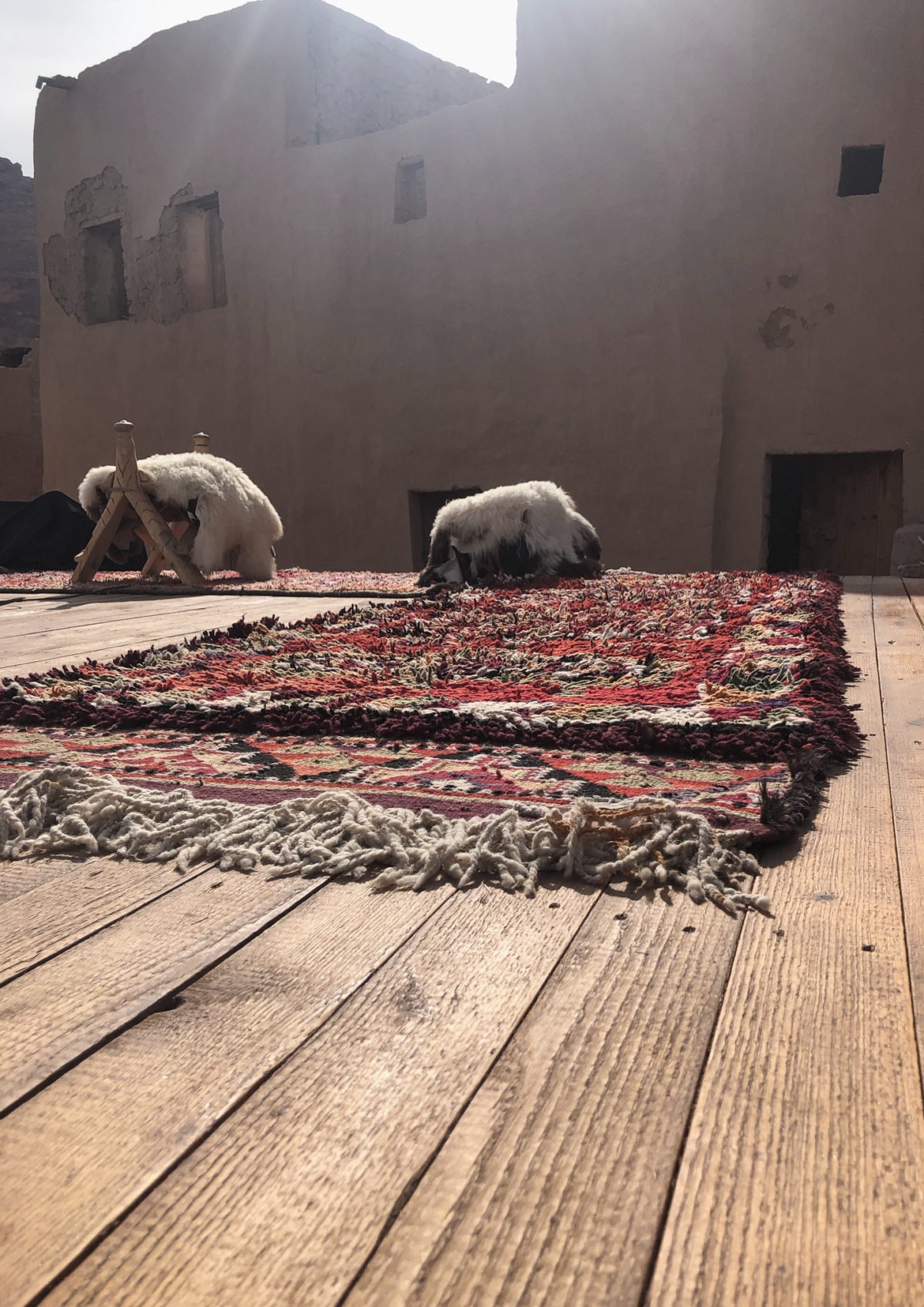
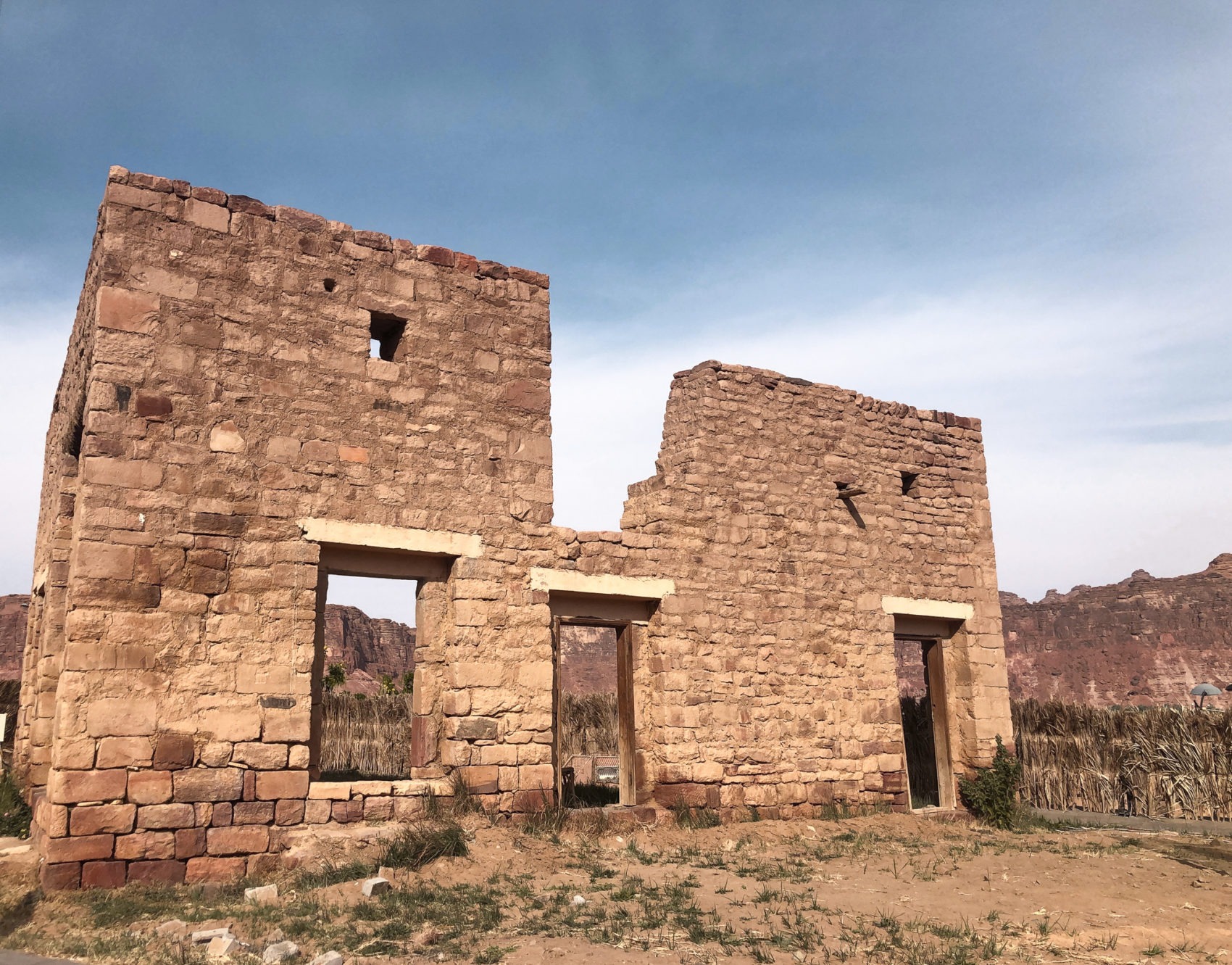
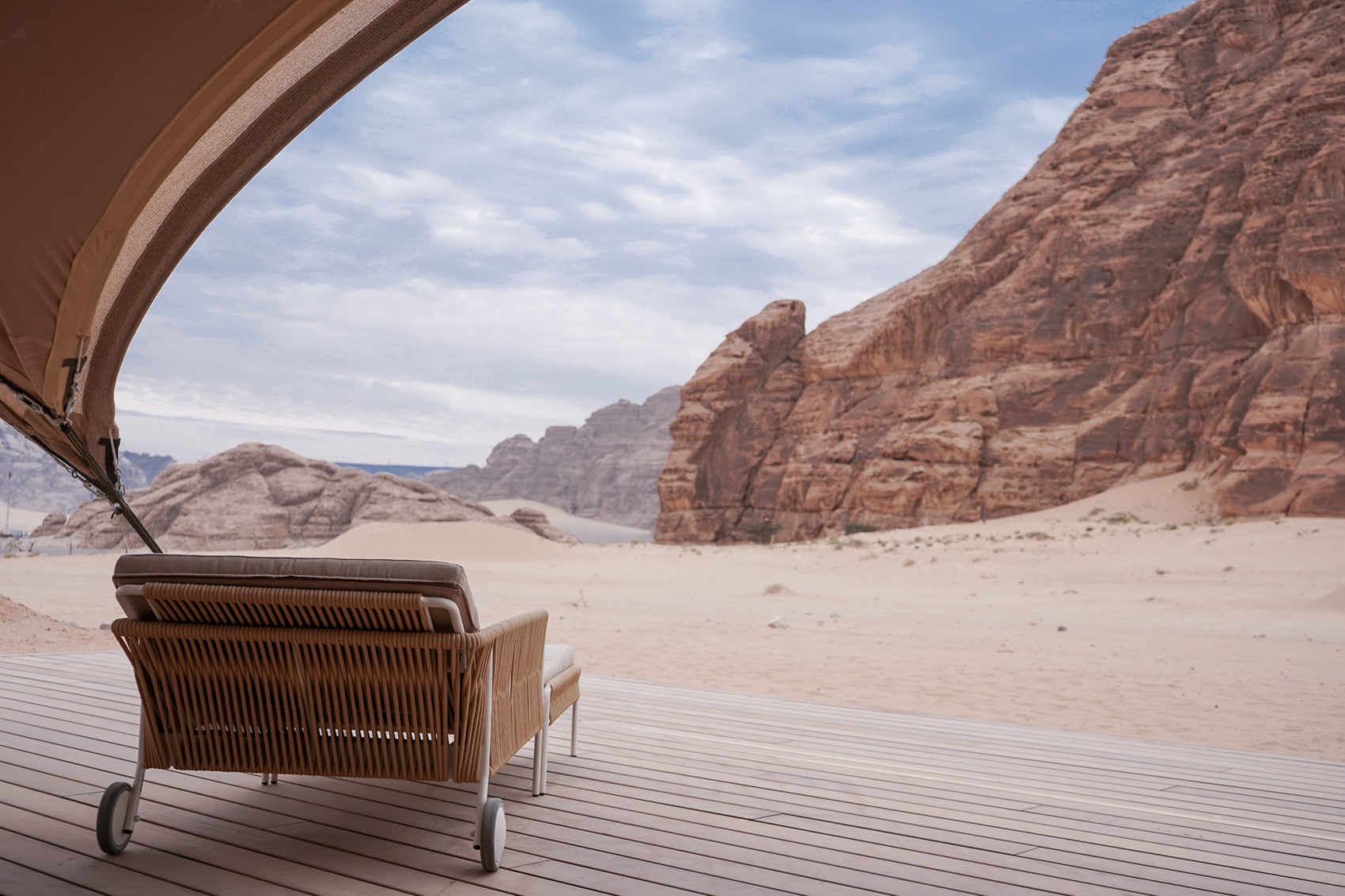
In its inaugural year, Winter at Tantora captivated guests with its desert camp meets unparalleled luxury experience. After long days of exploring under the hot desert sun, visitors can seek refuge in one of Winter Camp Al Wadi’s luxury Bedouin tents. The camp’s clean design provides a minimalist canvas, adorned with colorful works of authentic Saudi craft.
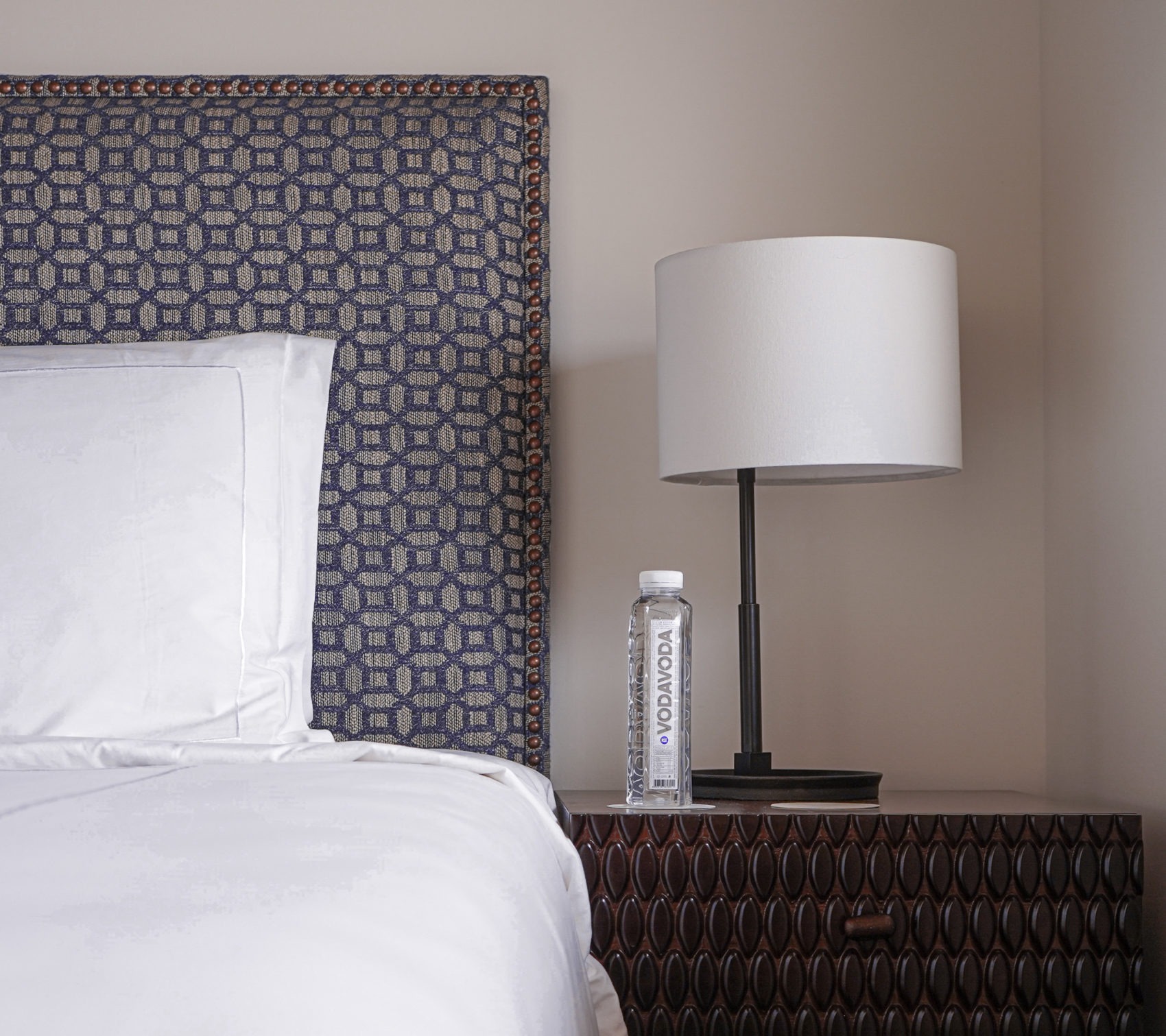
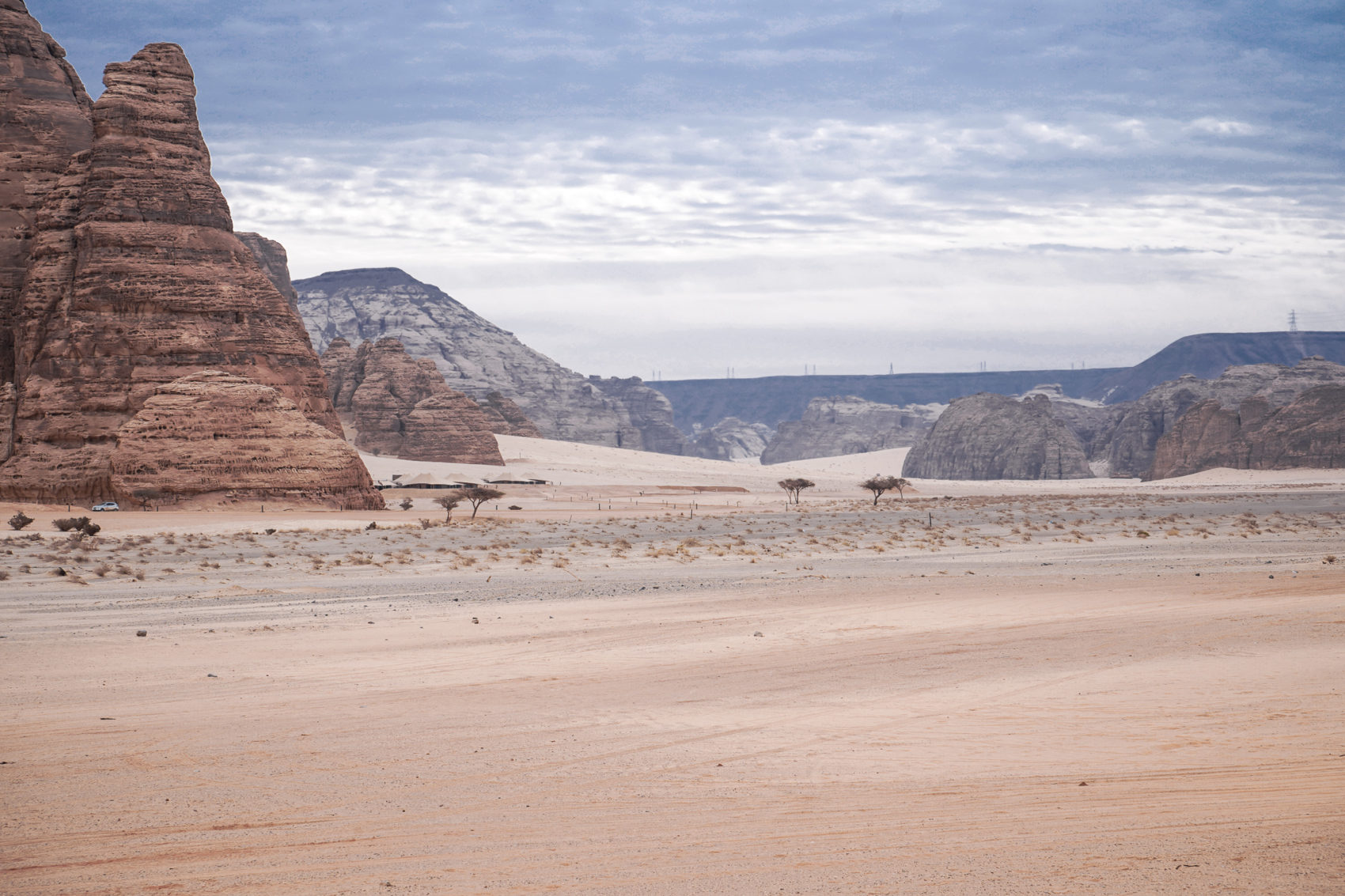
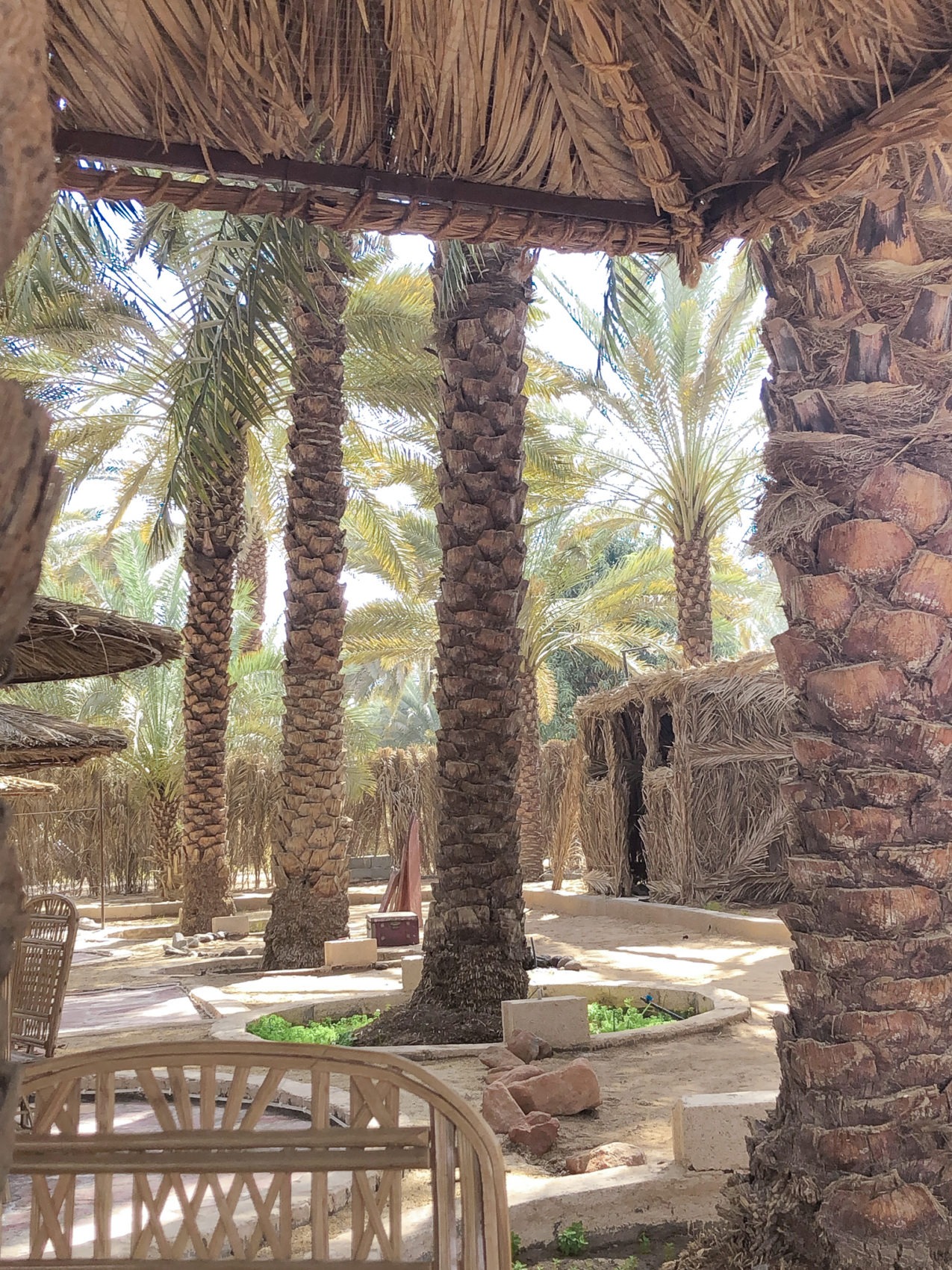
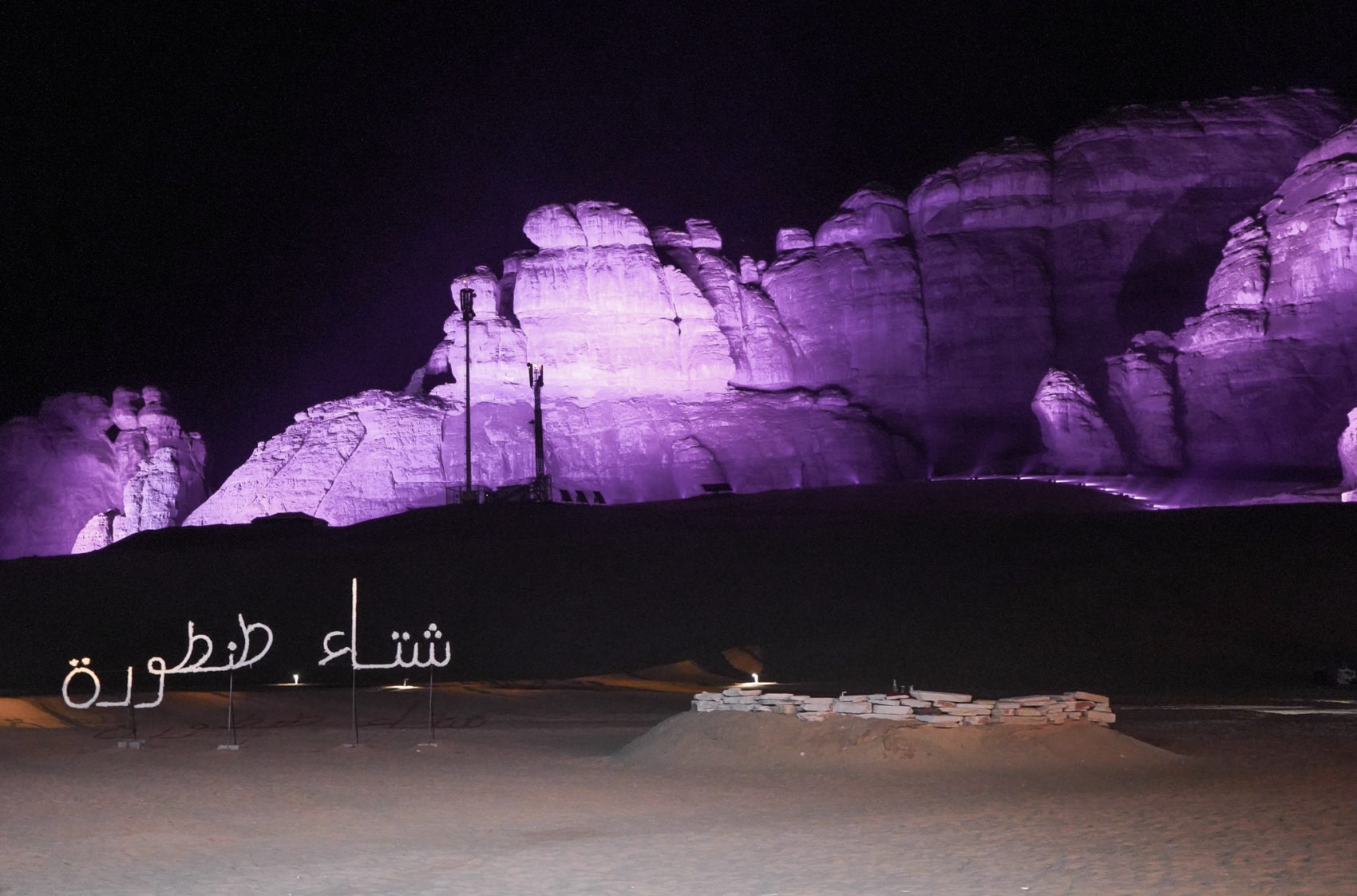
As part of its efforts to open the Kingdom up to tourism, Saudi Arabia is collaborating with experts from around the world to develop Al-Ula along with provisions for hotels, experiences, transportation infrastructure and a world-class culture and art museum.
With this aim in mind, the Winter at Tantora festival was established as the first event of its kind, bringing international attention to a long forgotten destination. The festival lasts for eight consecutive weeks and features entertainment from world-class talent, exclusive cultural events, culinary pop-ups and more as an immersive manifestation of Saudi Arabia’s Vision 2030.
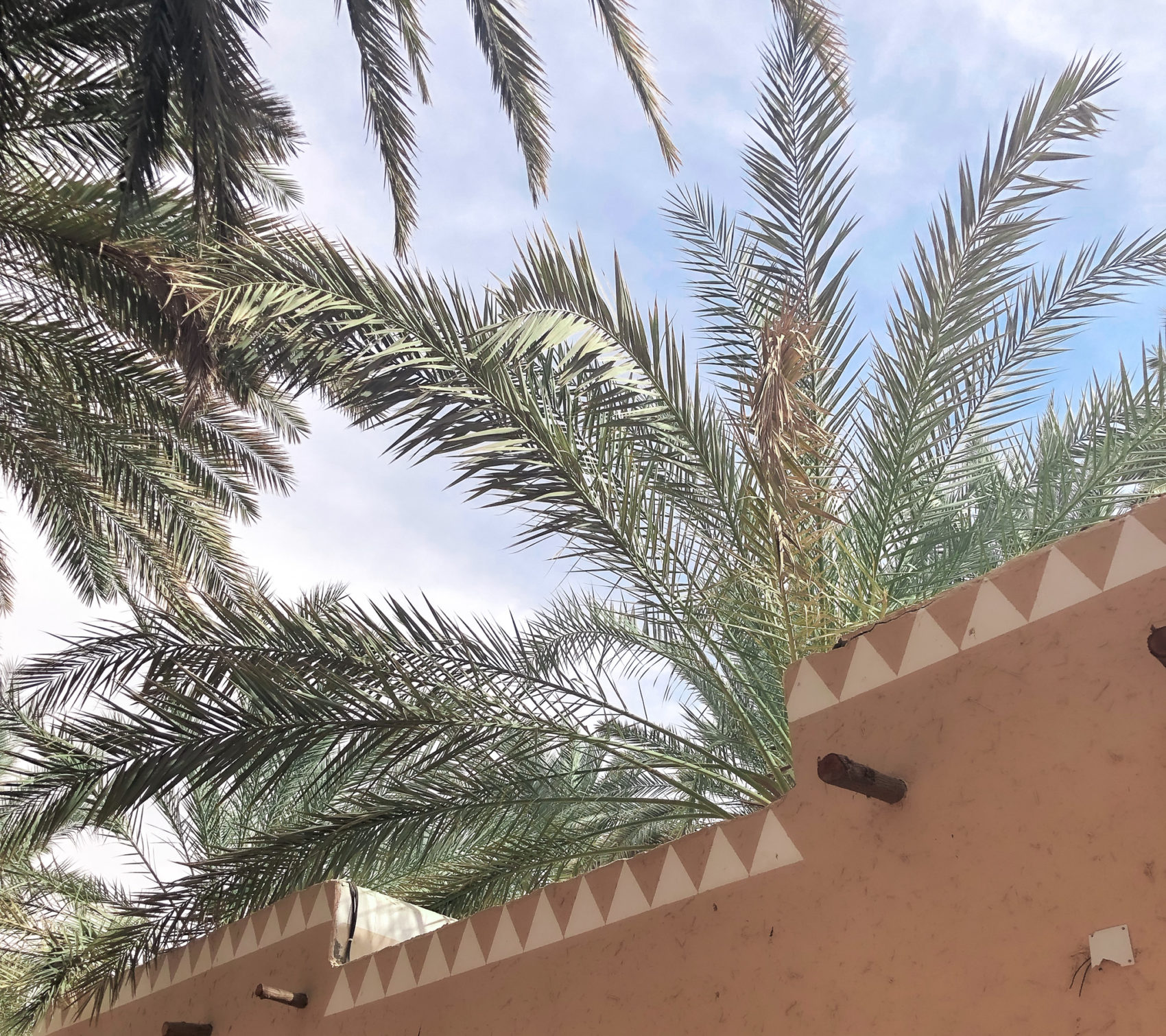
Though there are plenty of dining options abound, the palm-themed Barzan proved ideal refuge from the sun. Visitors are welcomed with warm smiles and Saudi coffee, served in tiny colorful cups and accompanied by a tray of local sweets such as luqaimat, a sugary dumpling.
Black tents line the perimeter of the restaurant, housing local artisans offering handmade crafts – a special showcase of Saudi craft exclusively for Winter at Tantora festival attendees.
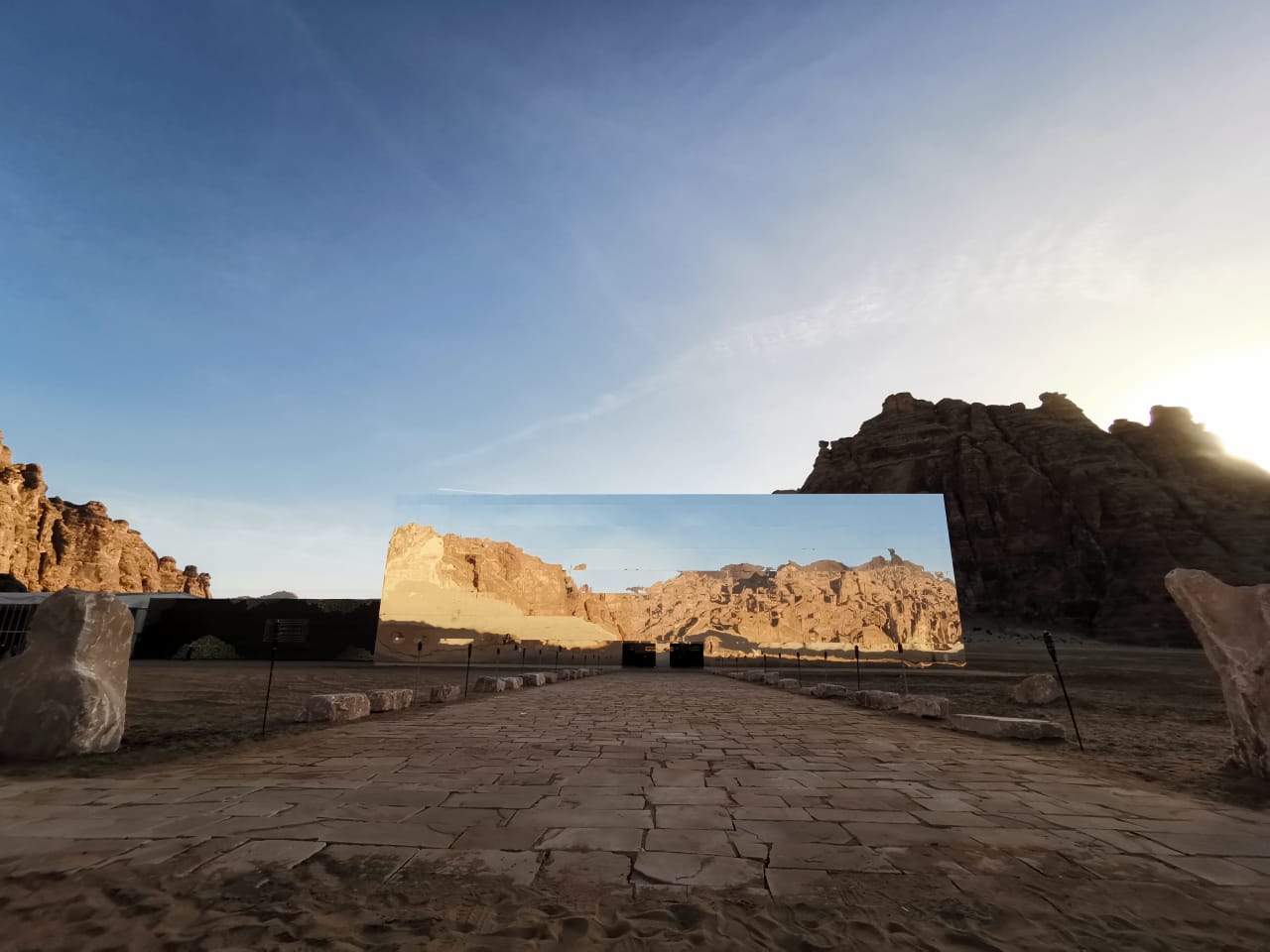
Italian firm Gio Forma Studio Associato designed Winter at Tantora’s permanent concert venue. Named ‘Maraya’, meaning ‘mirror’ in Arabic, the giant mirror cube is both a site-specific land art installation and functioning concert hall. The reflective panels on the exterior were designed to highlight the surrounding landscape rather than compete with it, reflecting the surrounding beauty and ever-changing colors of the desert landscape.
Our journey through Al-Ula continued far beyond the Winter in Tantora festival – we left with a new appreciation of Saudi history, culture and community. Generations from the 6th century BC to today have left behind traces of their existence in Al-Ula’s sandy desert. While the unmistakable silence in the air carries the weight of history, the temperate breeze signals the promise of a new era. As Saudi Arabia prepares to welcome visitors as a world-class tourism destination, a new generation prepares to witness history in the making.
